AQA A Level Psychology: Biopsychology
1/85
There's no tags or description
Looks like no tags are added yet.
Name | Mastery | Learn | Test | Matching | Spaced |
|---|
No study sessions yet.
86 Terms
Localisation of function
Theory that states that different areas of the brain are responsible for different behaviours, processes or activities.
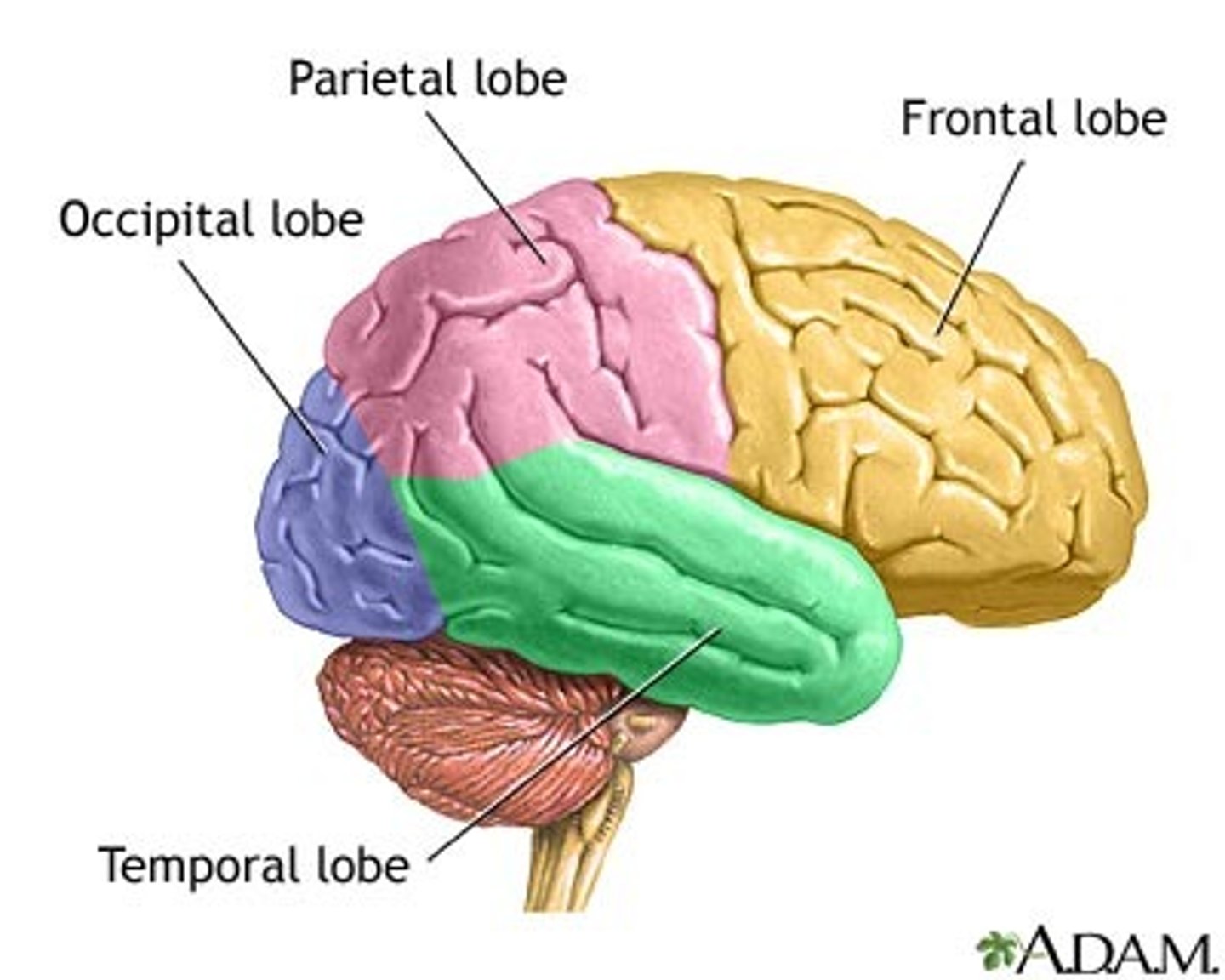
Motor area
Back of frontal lobe, involved in regulating movement.
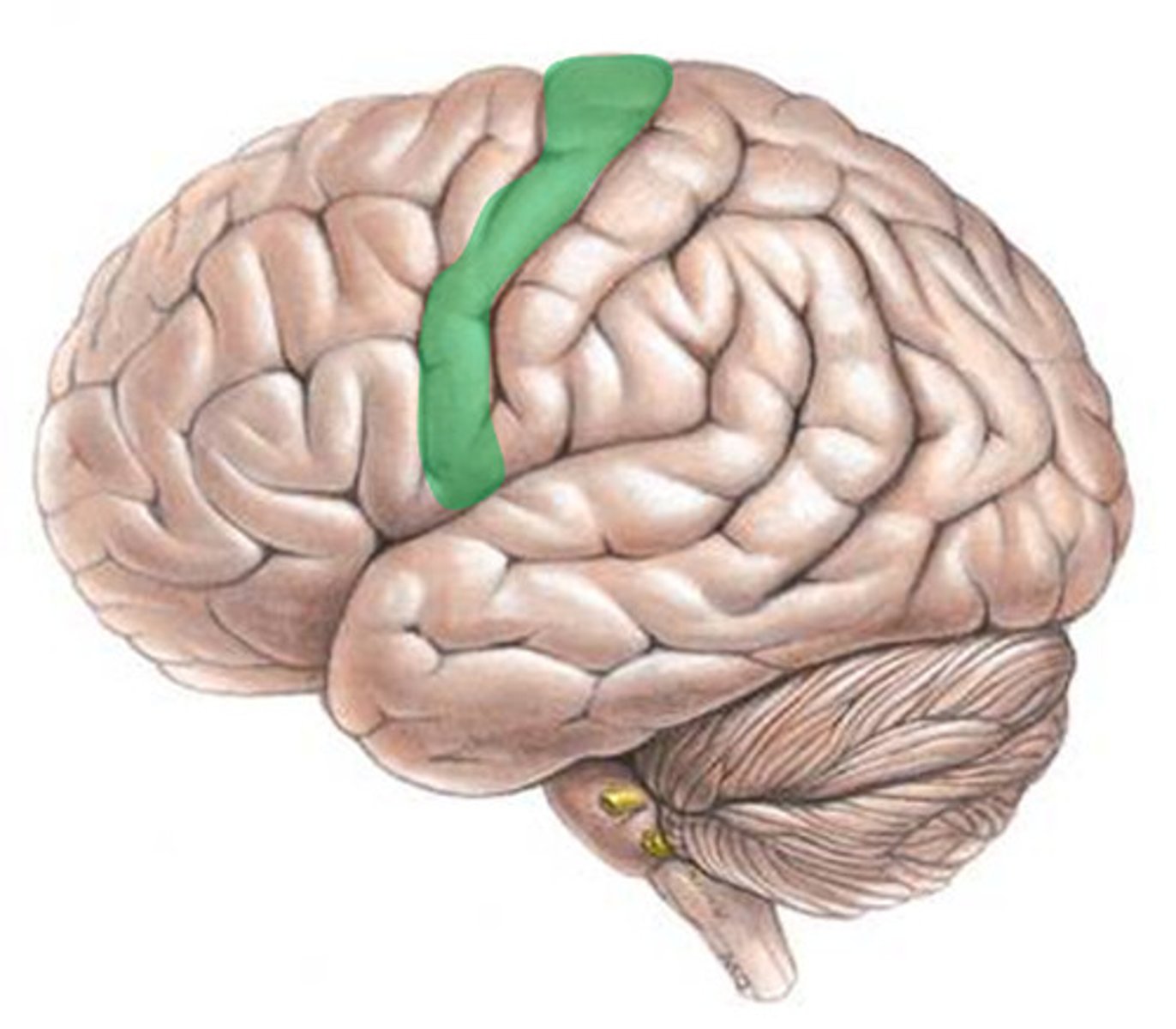
Somatosensory area
Front of both parietal lobes, processes sensory information such as touch.
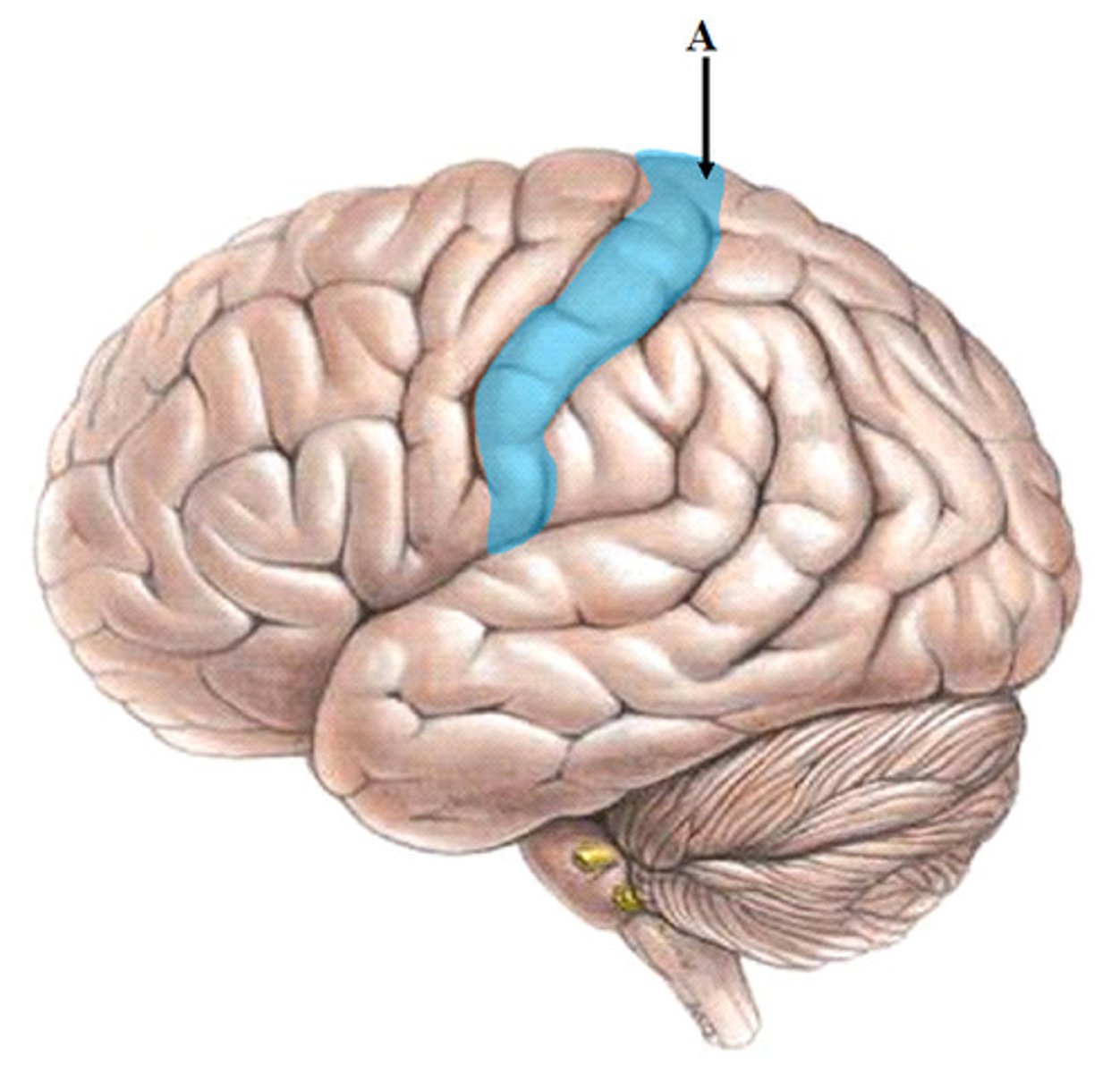
Parts of the brain: Visual area.
Occipital lobe, receives and processes visual information.
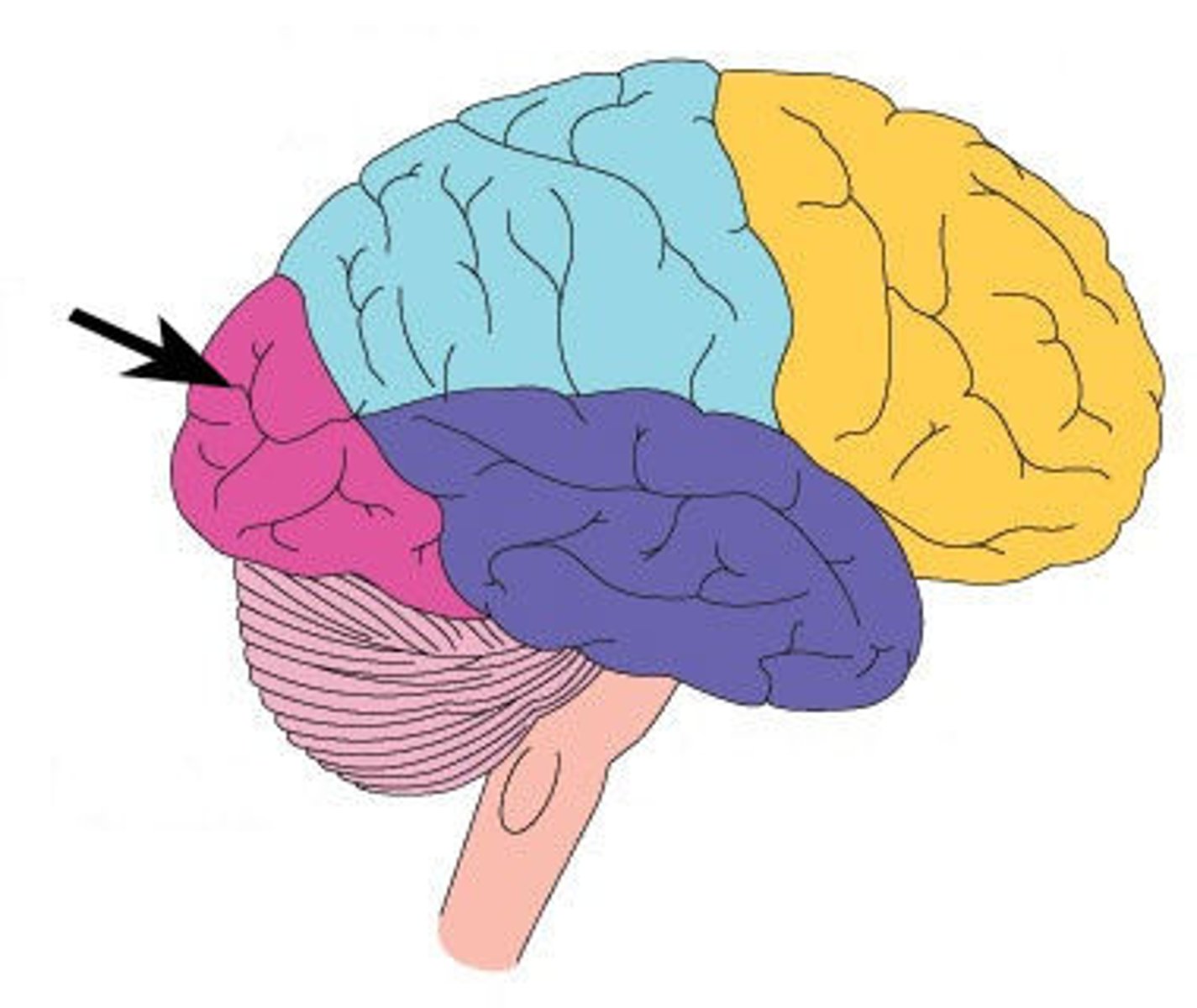
Parts of the brain: Auditory area.
Temporal lobe, analyses speech-based information.
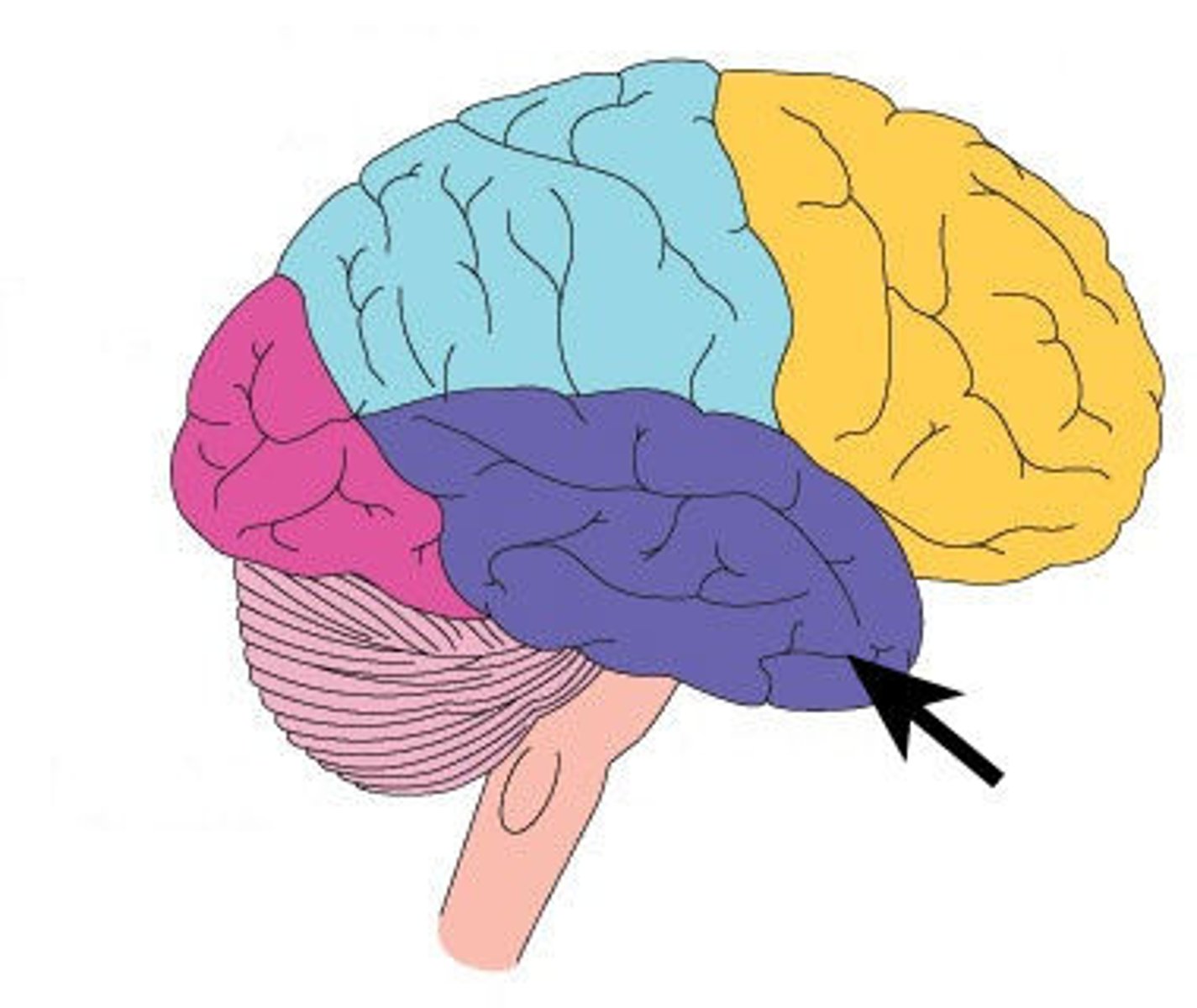
Parts of the brain: Language areas.
Broca's area, frontal lobe in the left hemisphere = speech production.
Wernicke's area, temporal lobe in the left hemisphere = language comprehension.
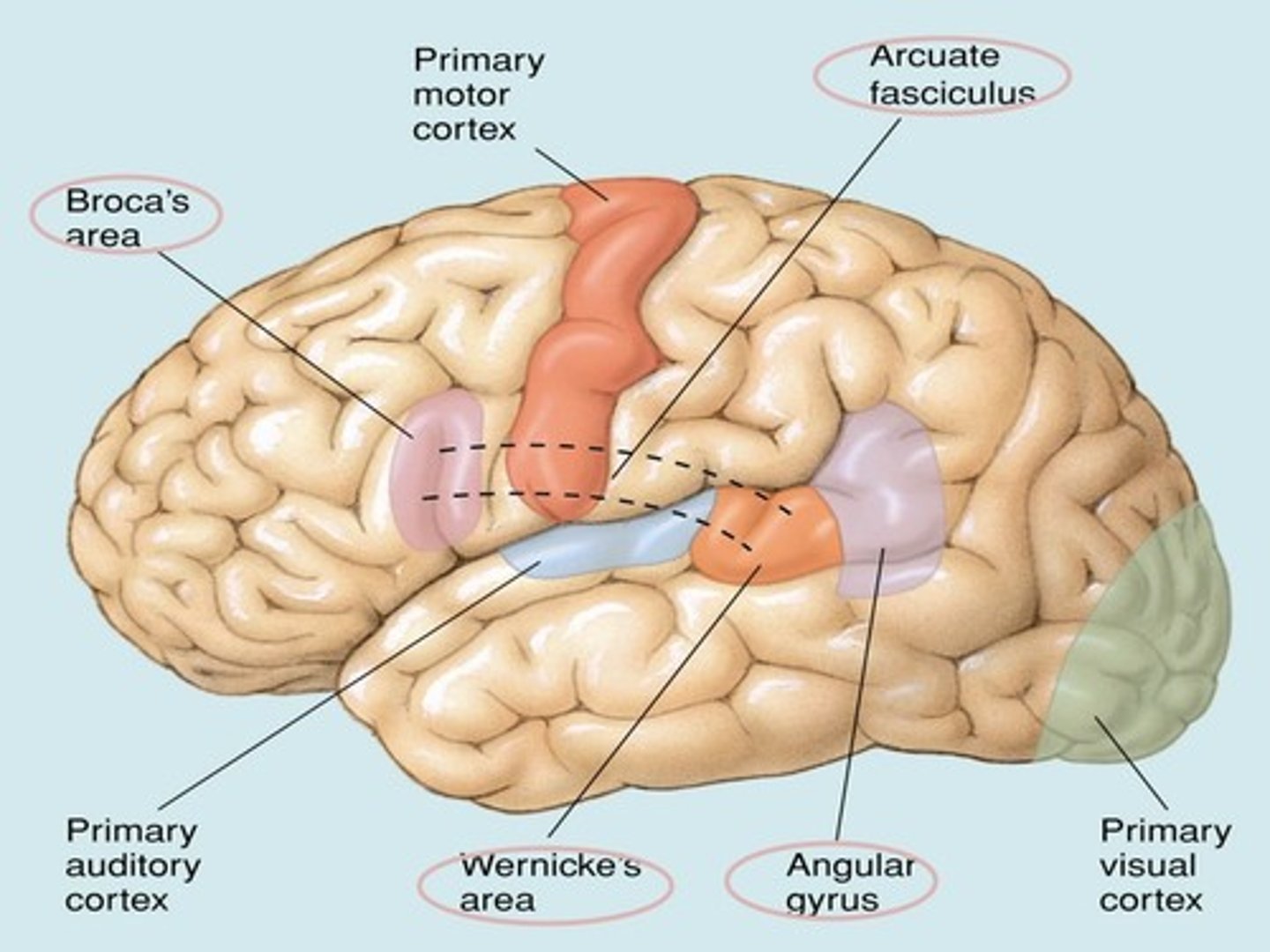
Define plasticity.
Brain's tendency to change and adapt (functionally and physically) as a result of experience and new learning.
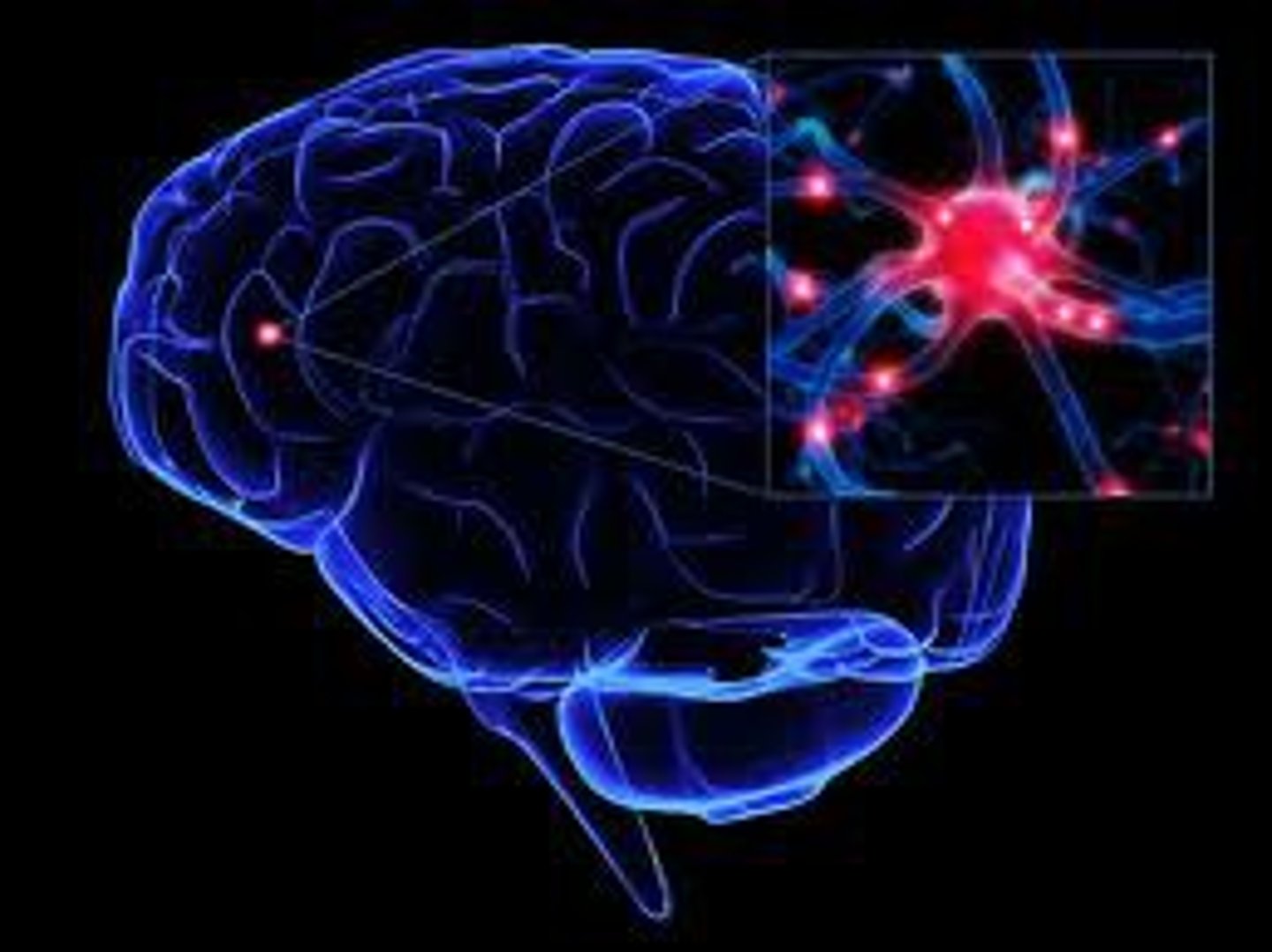
What five things must be used to evaluate localisation of function?
Brain scan evidence, neurological evidence, case study evidence, Lashley's research and plasticity and the equipotentiality theory.
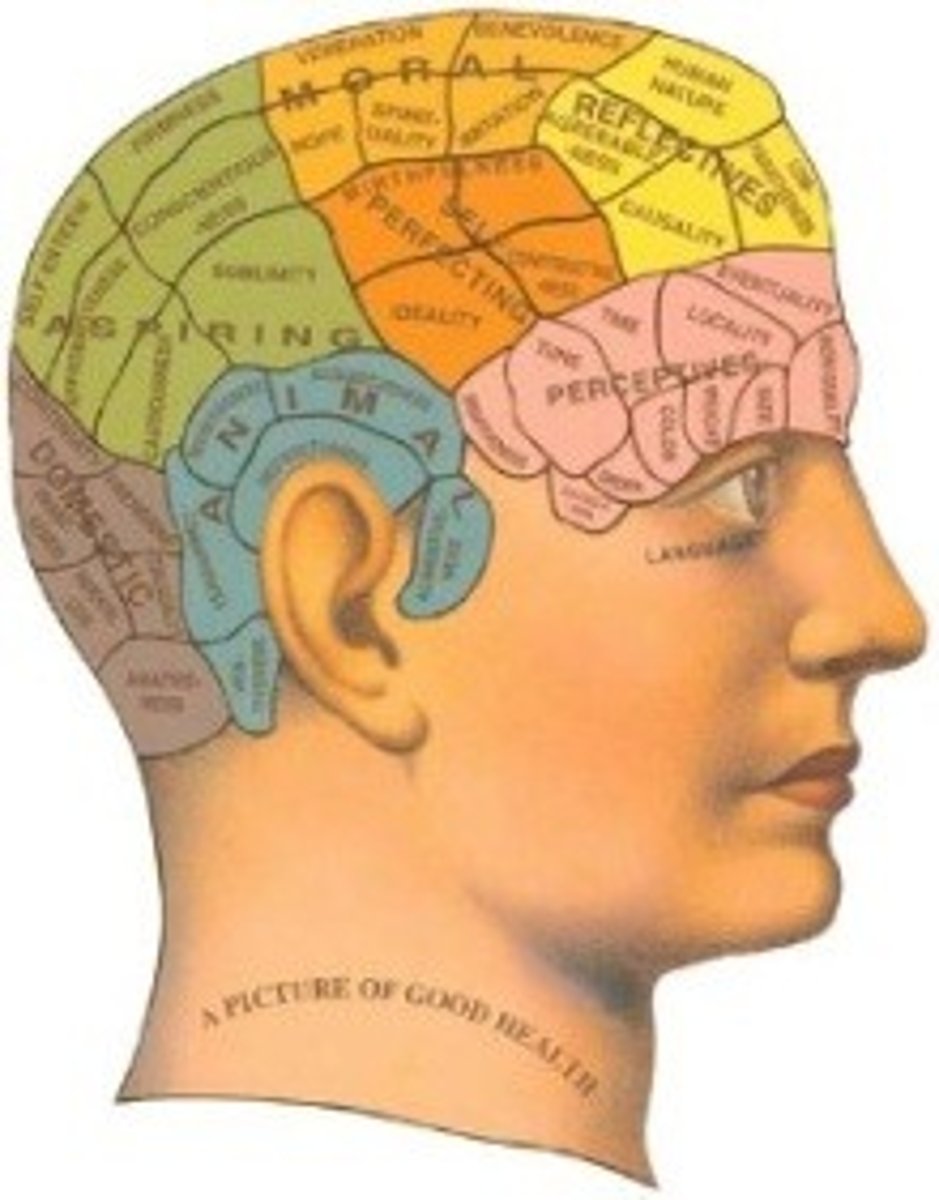
Synaptic pruning.
As we age, rarely used connections are deleted and frequently used connections are strengthened.
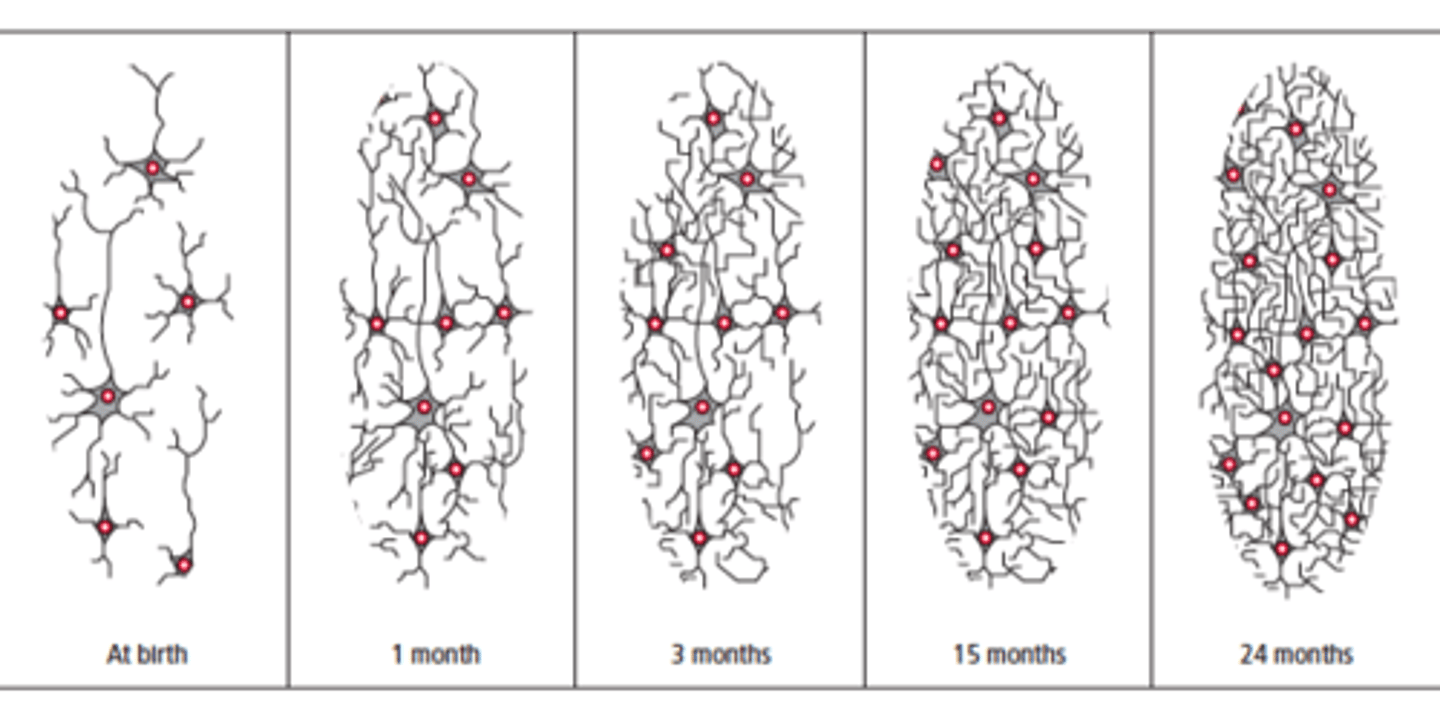
Axonal sprouting.
Undamaged axons grow new nerve endings to reconnect neurons whose links were injured or severed.
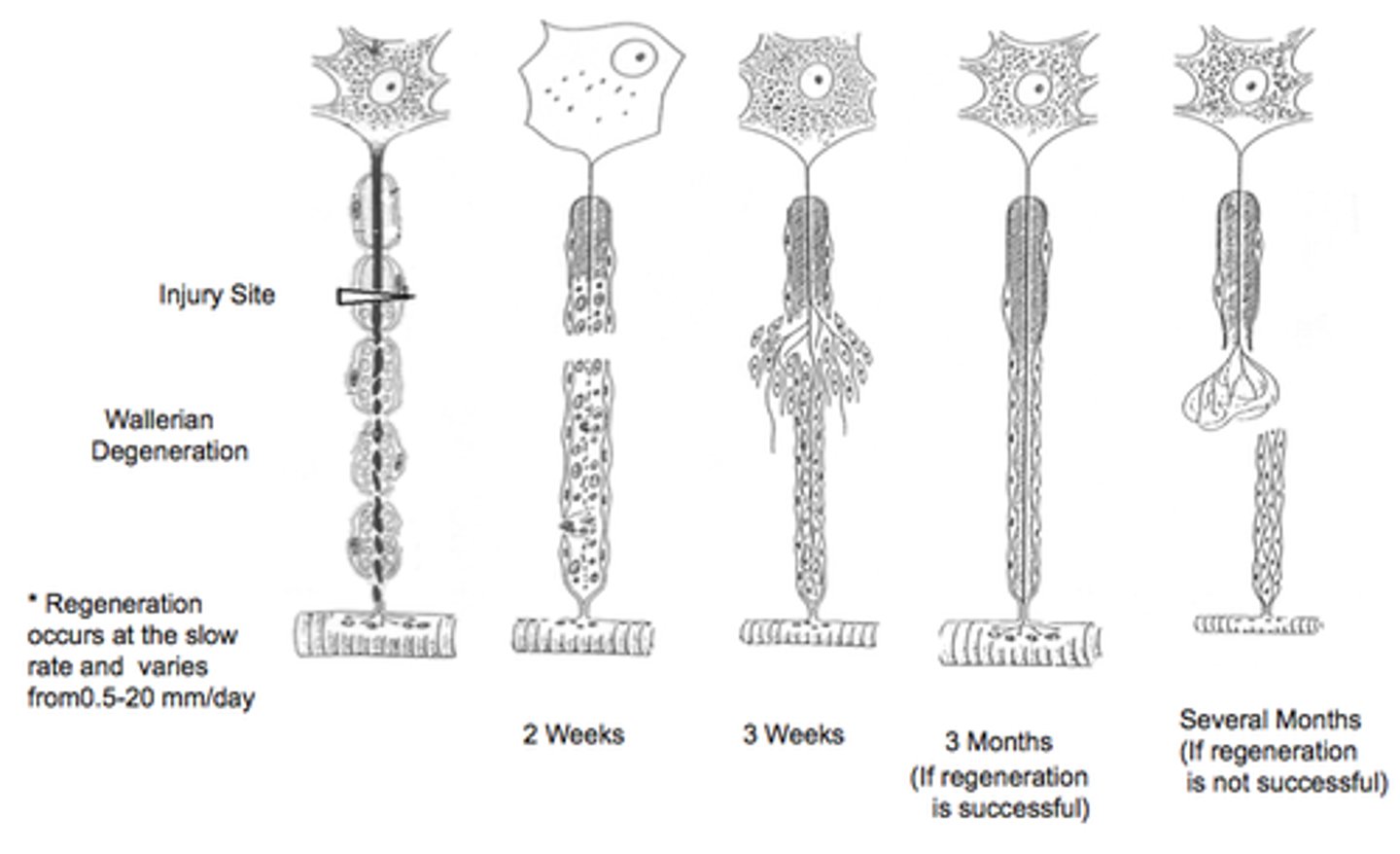
Recruitment of homologous areas.
Regions on opposite sides of the brain take on functions of damaged areas.
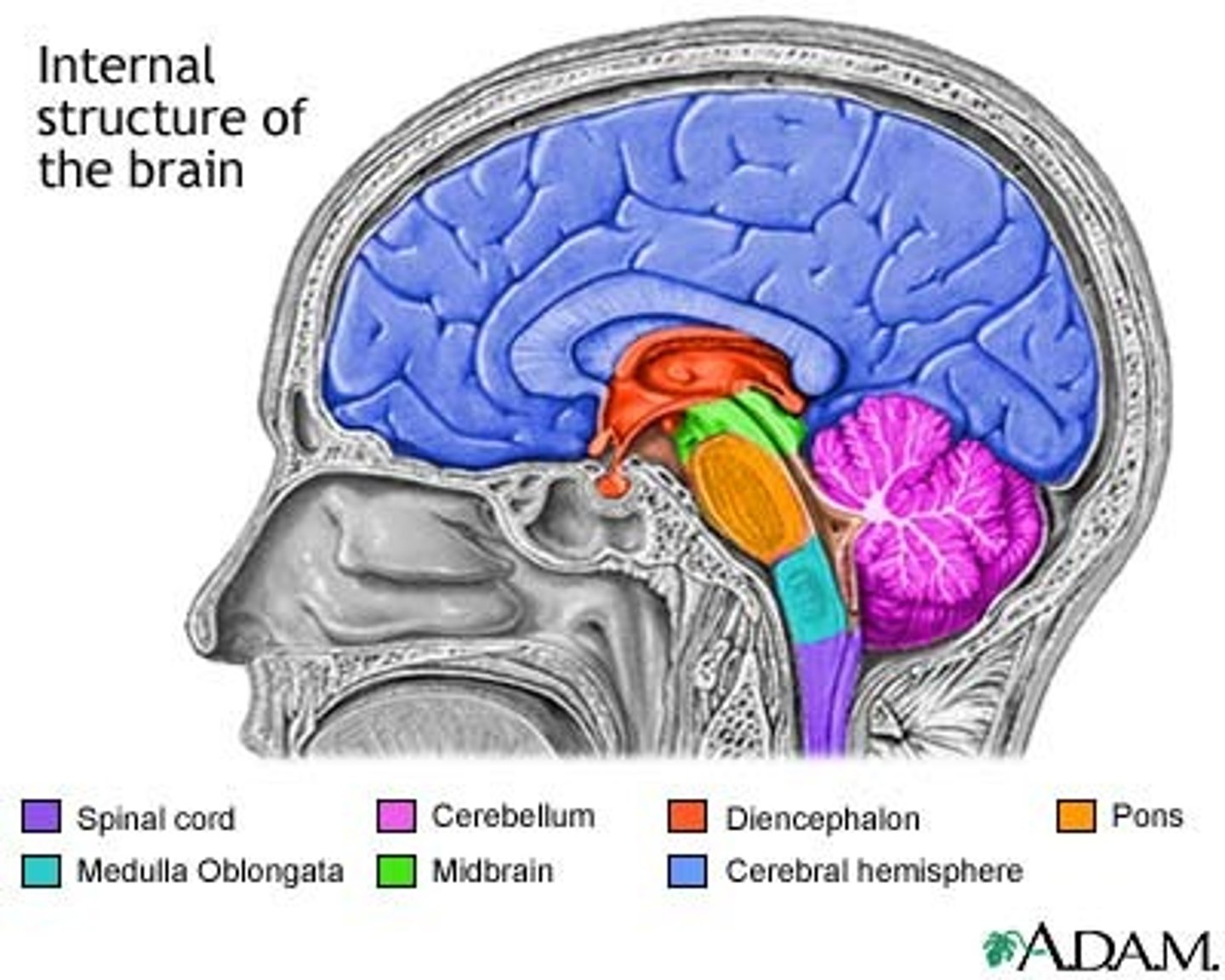
Functional recovery.
Form of plasticity. Following damage through trauma, the brain's ability to redistribute/transfer functions performed by damaged areas to other, undamaged areas.
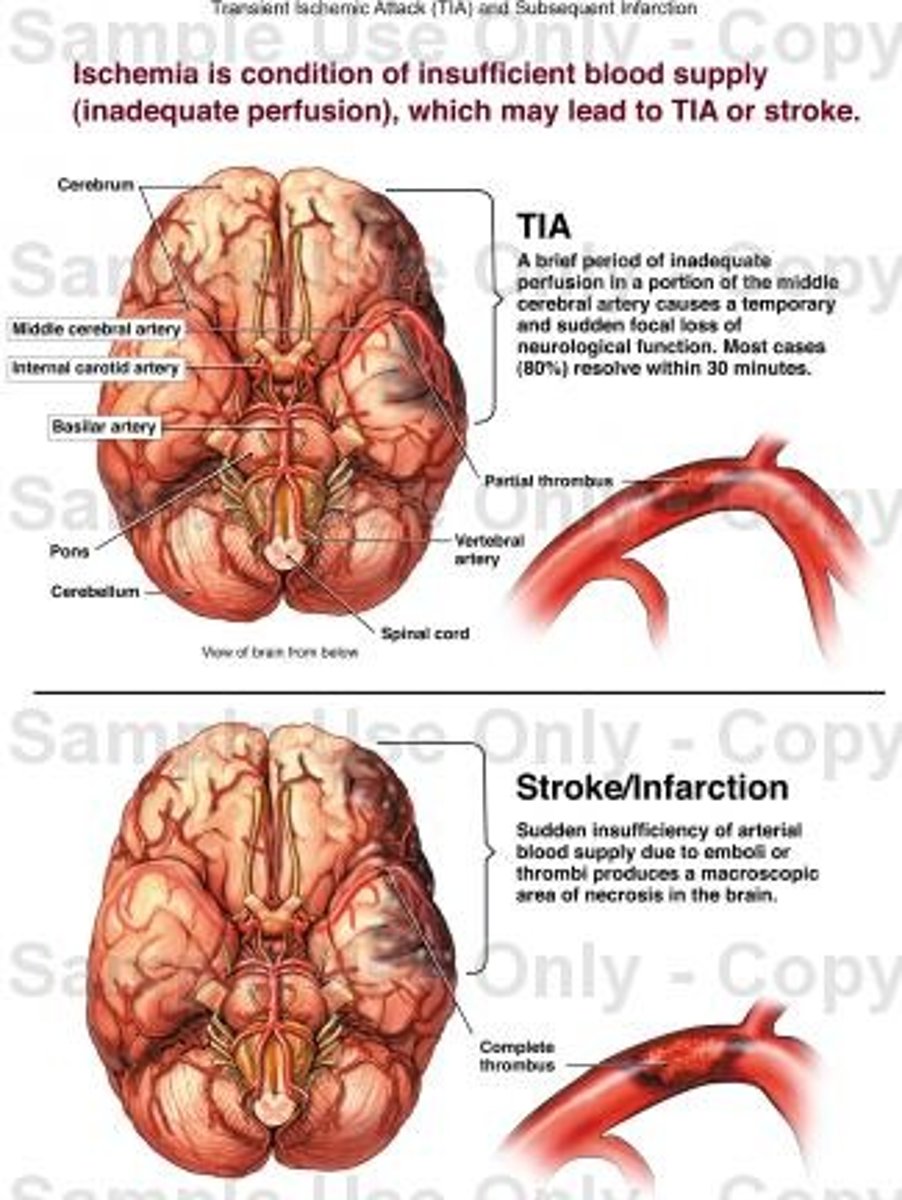
Neural plasticity.
Describes the brain's tendency to change and adapt - functionally and physically - resulting from experience and new learning.
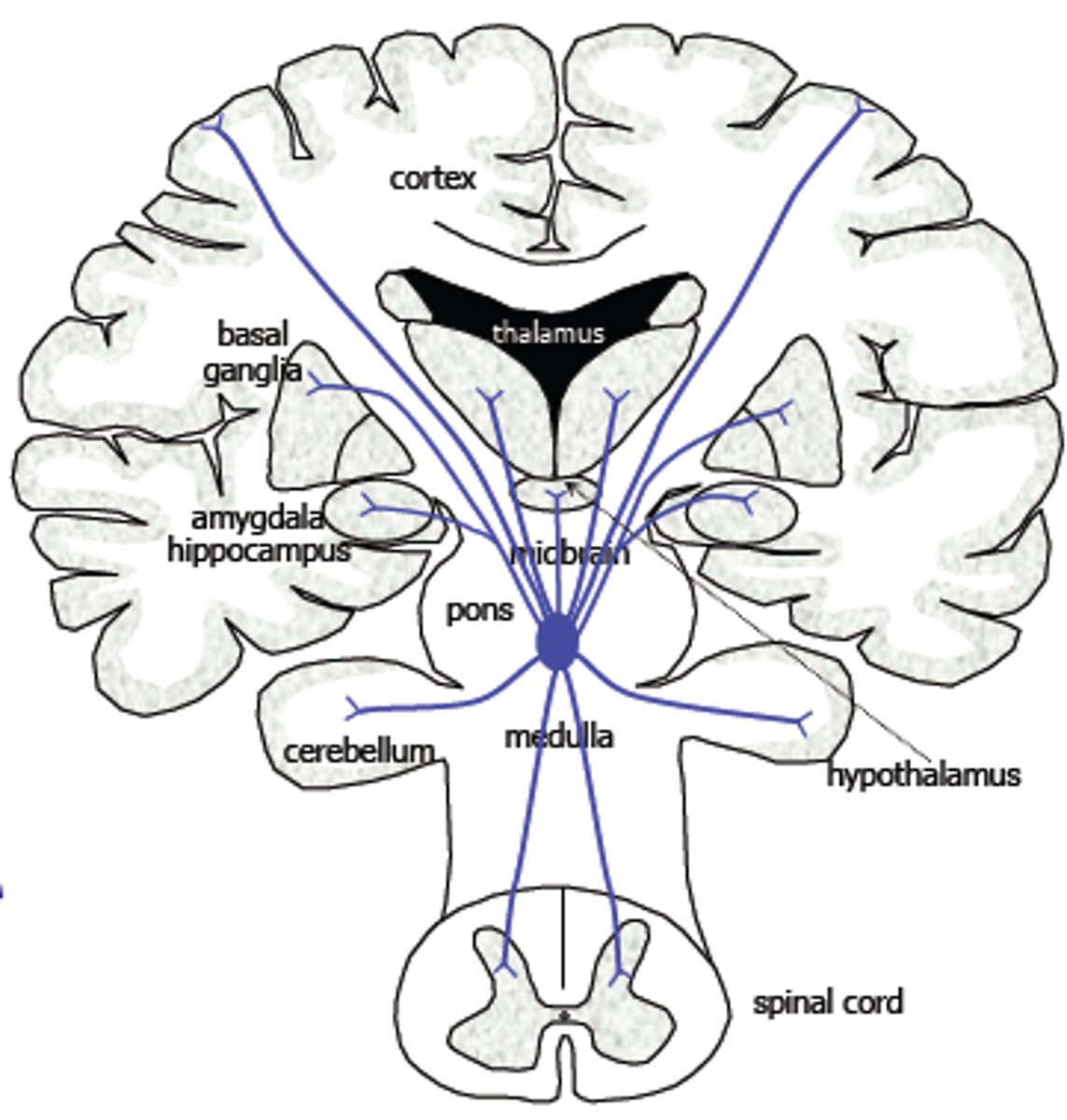
What is the central nervous system (CNS)?
Consists of brain and spinal cord; origin of all complex commands and decisions.

What is the peripheral nervous system (PNS)?
Sends info to CNS from outside world, transmitting messages from CNS to muscles and bodily glands.
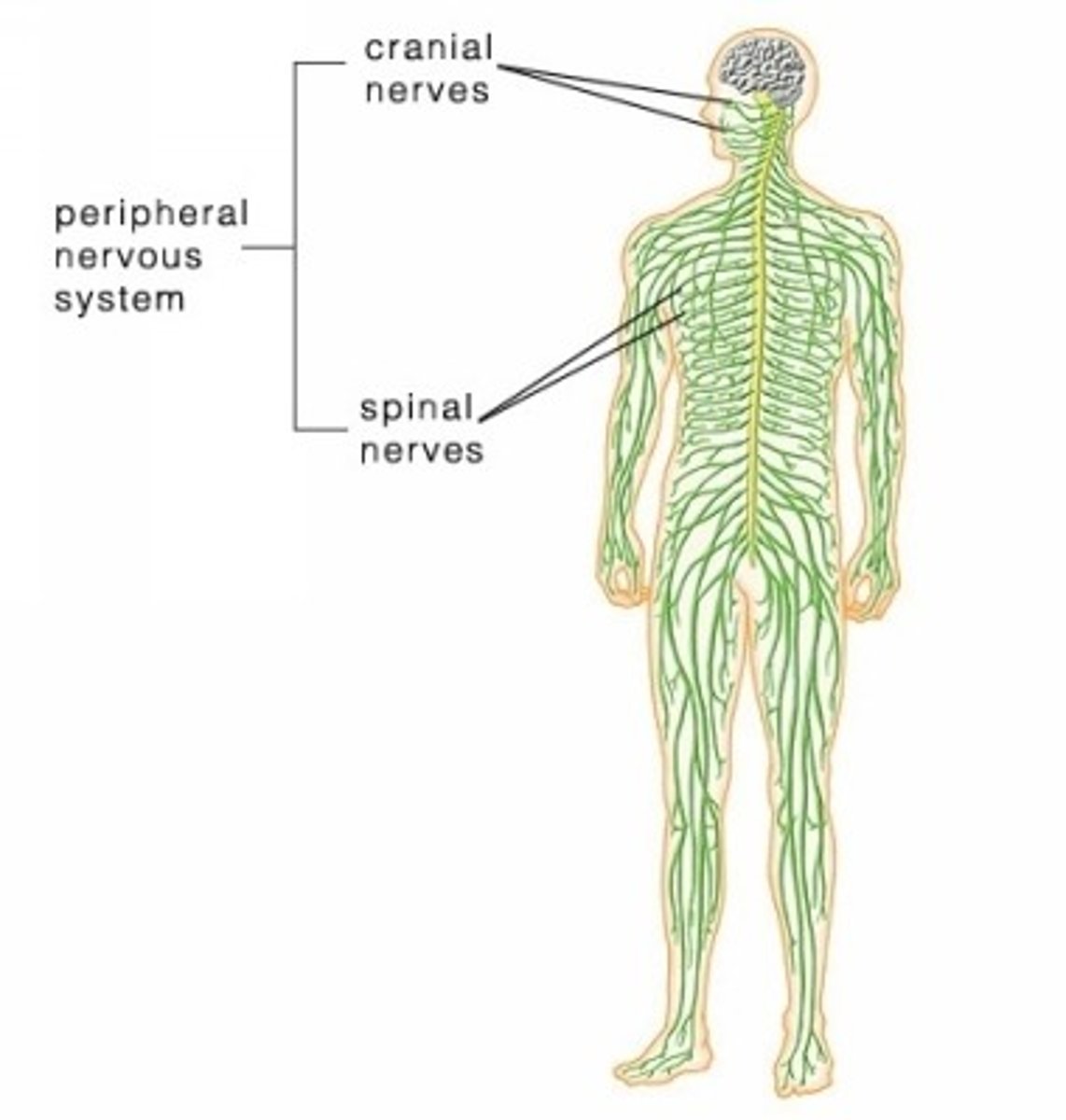
Define hemispheric lateralisation.
Certain mental processes and behaviours are controlled or dominated by one hemisphere rather than the other (as in the example of language).
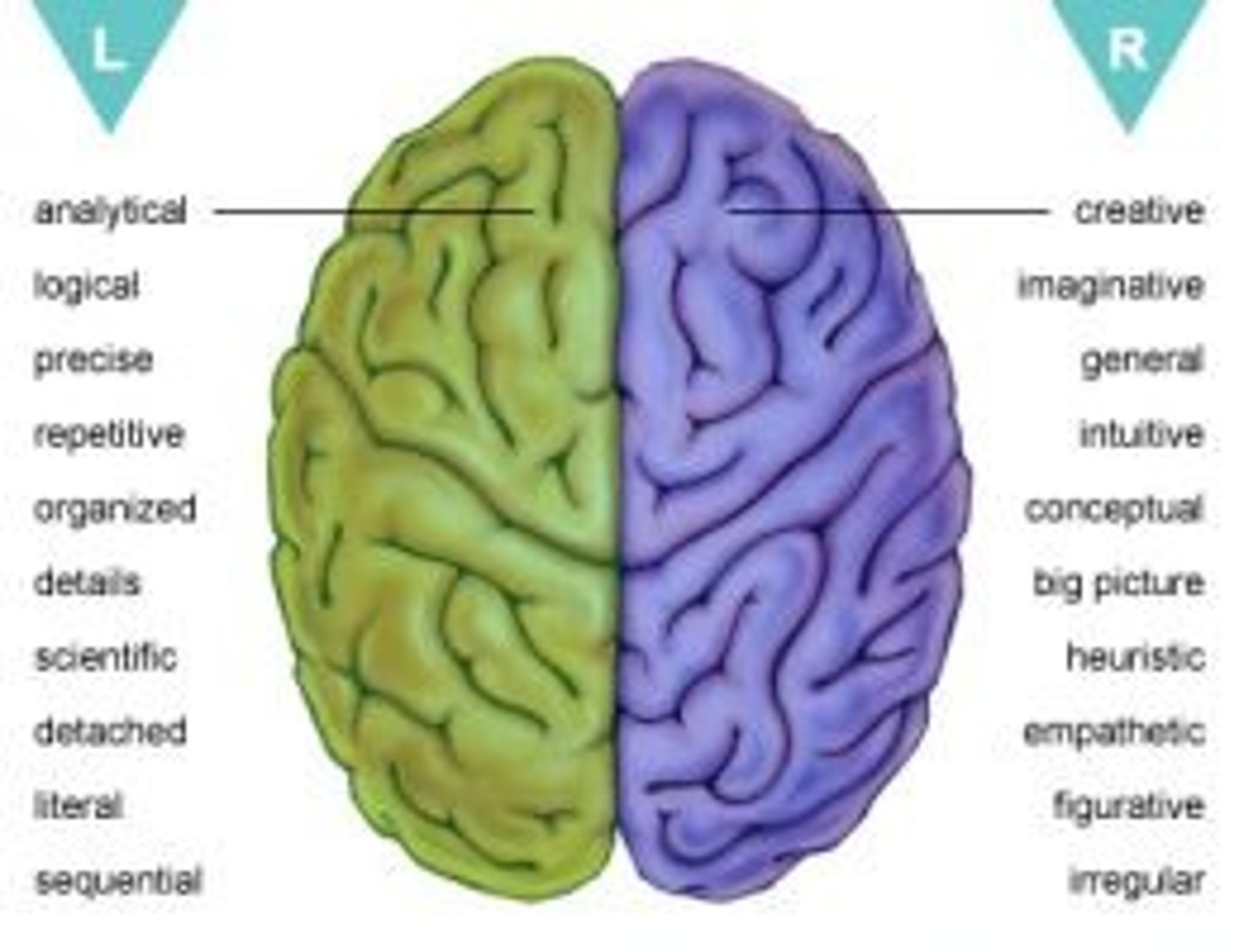
Corpus callosum
A band of neural fibres that connects the left and right hemispheres of the brain.
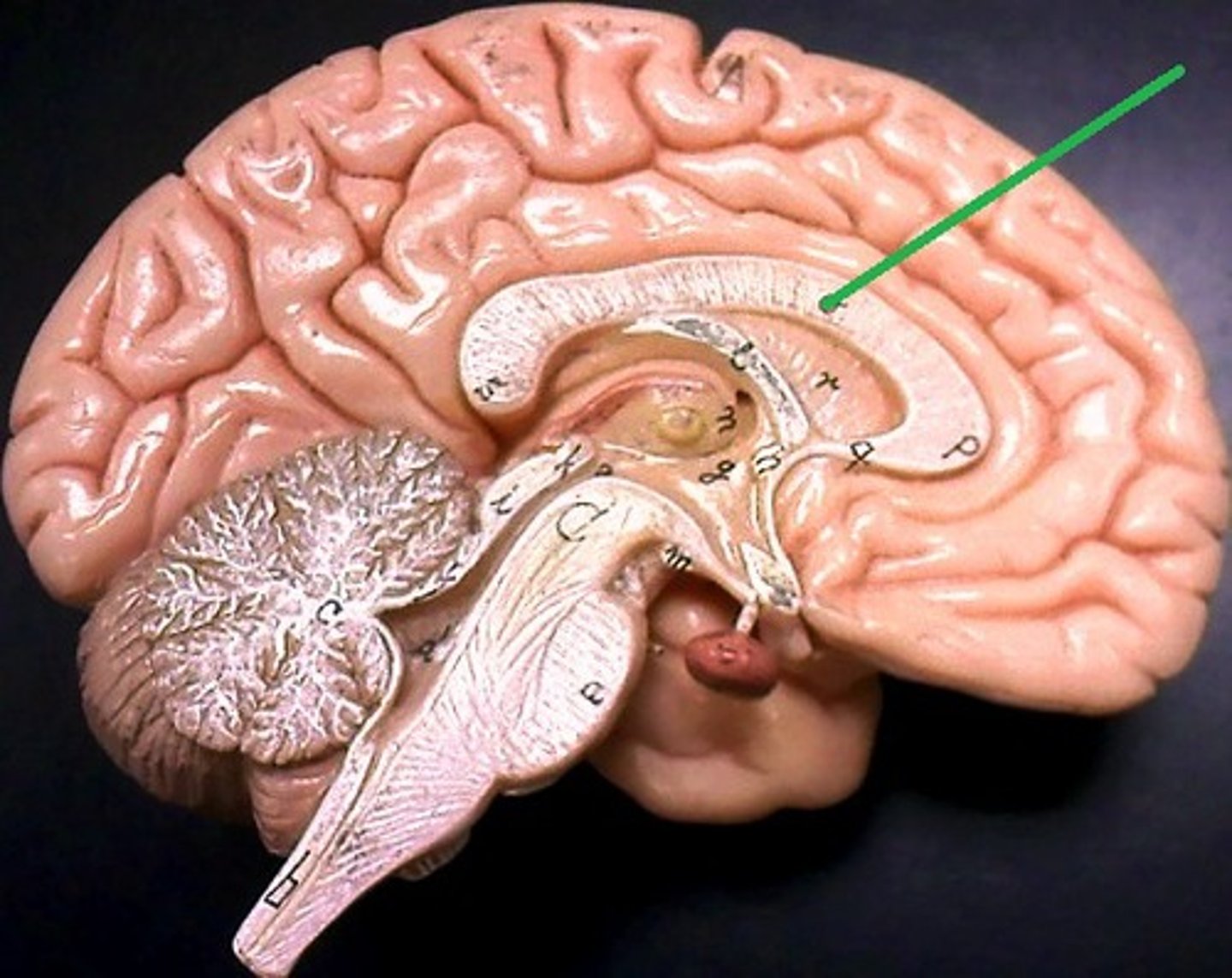
Split-brain studies.
Corpus callosum cut in patients with severe epilepsy, allowing researchers to investigate the extent to which brain function is lateralised.
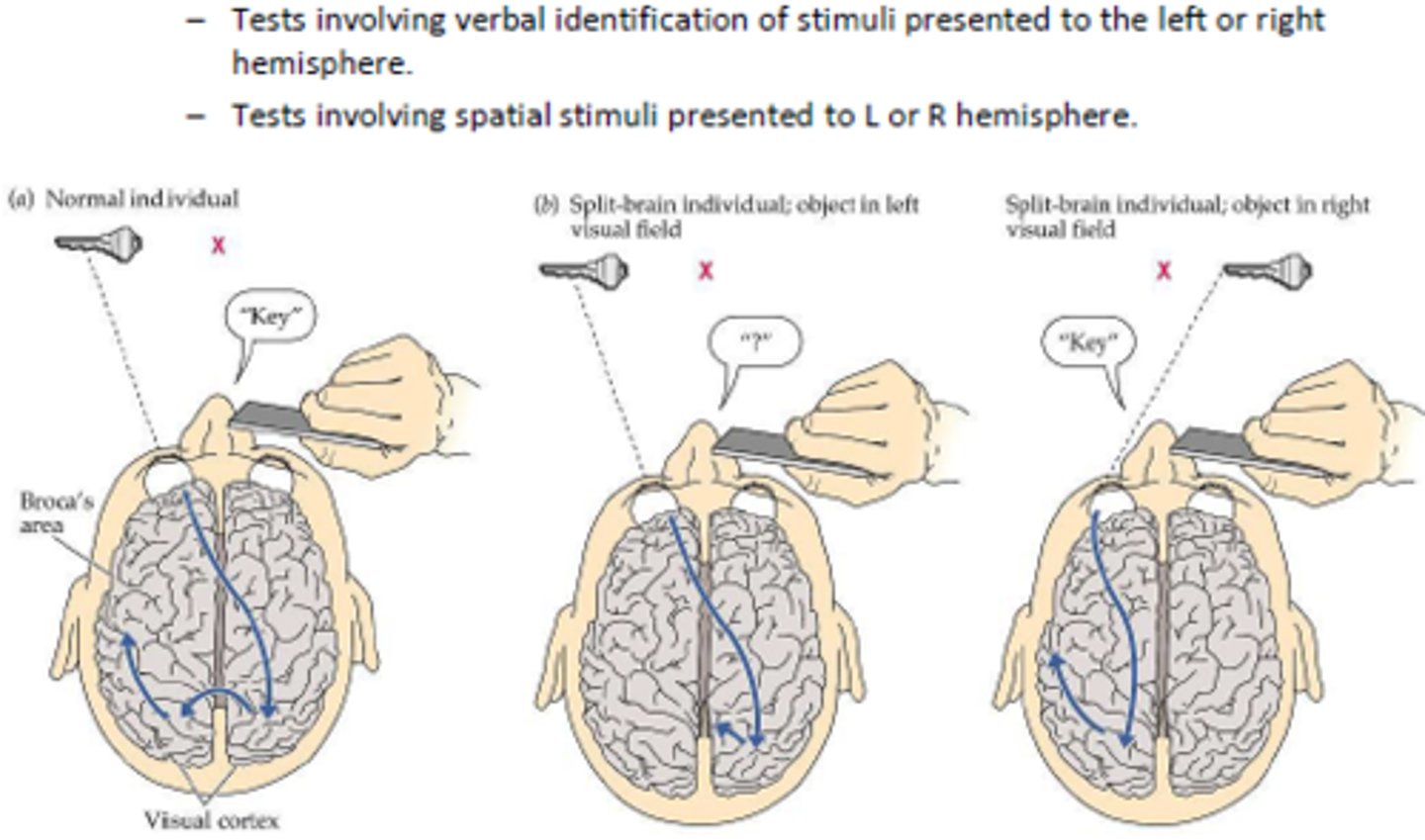
Describing what you see.
Pictures shown to RVF could be described but not those to LVF because no language centres in left hemisphere (connected to RVF).
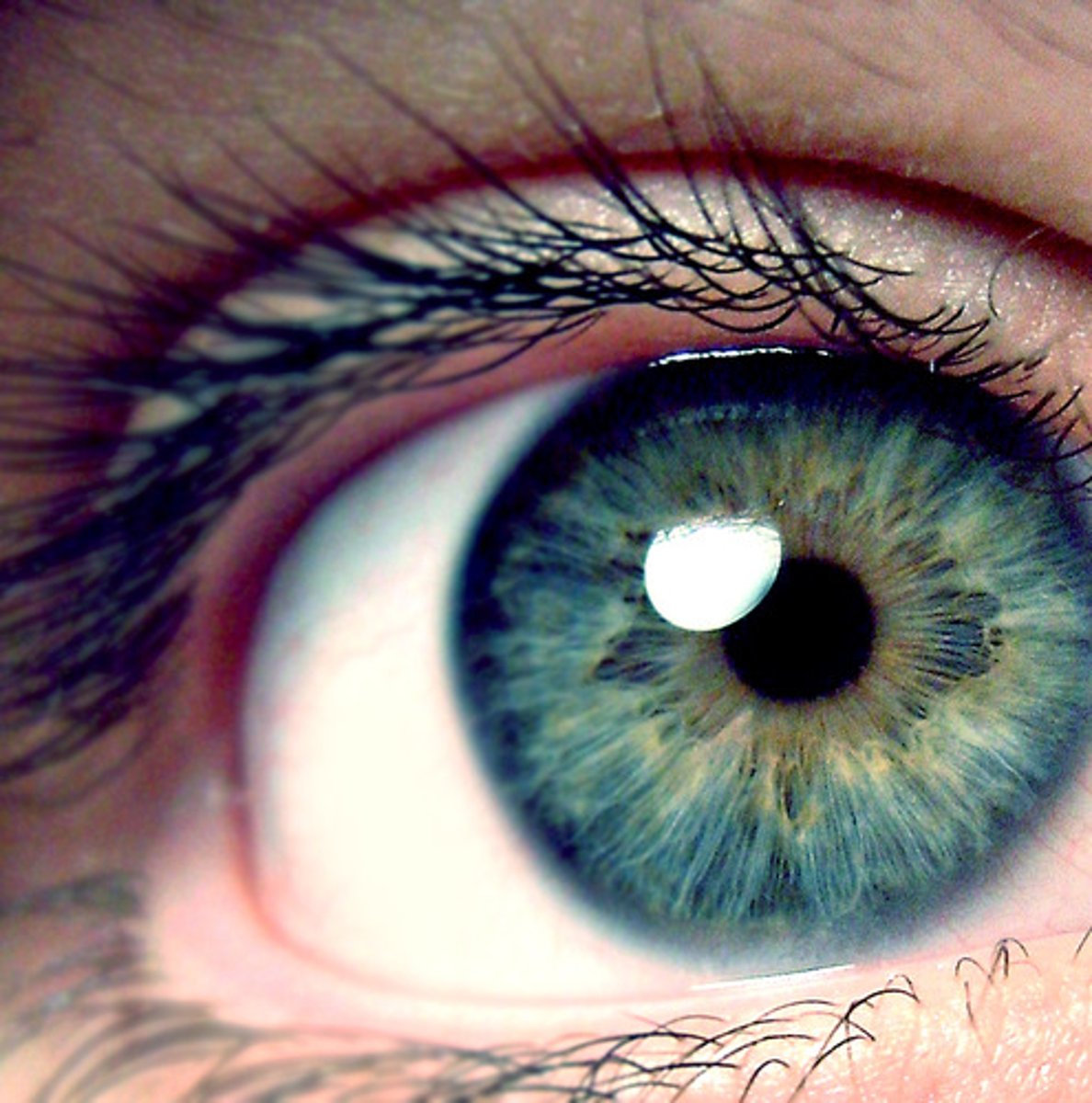
Recognition by touch.
Could not describe objects projected to LVF, but able to select a matching object from a selection of different objects using their left hand.
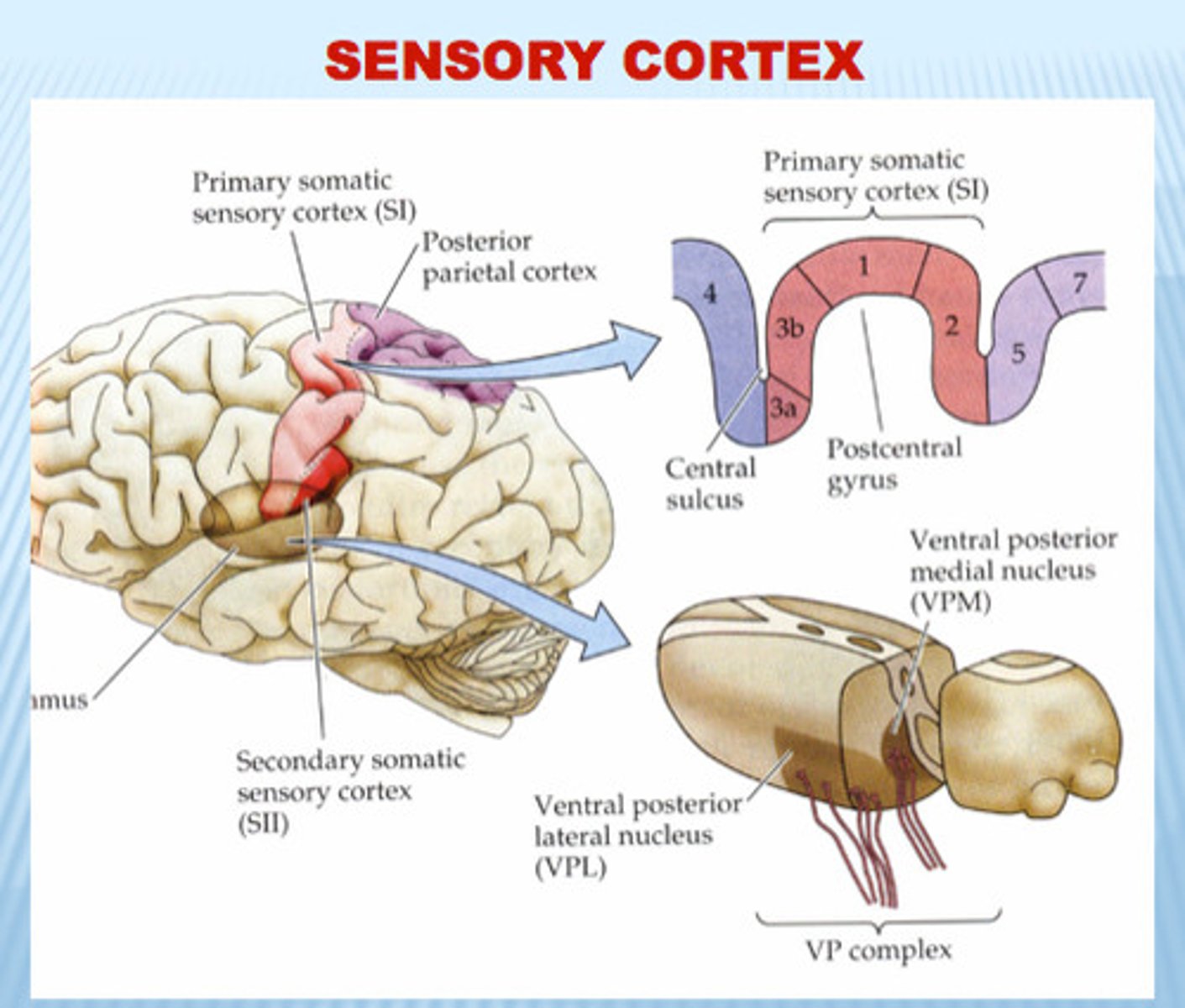
fMRI
Measures brain activity in specific areas by detecting associated changes in blood flow.
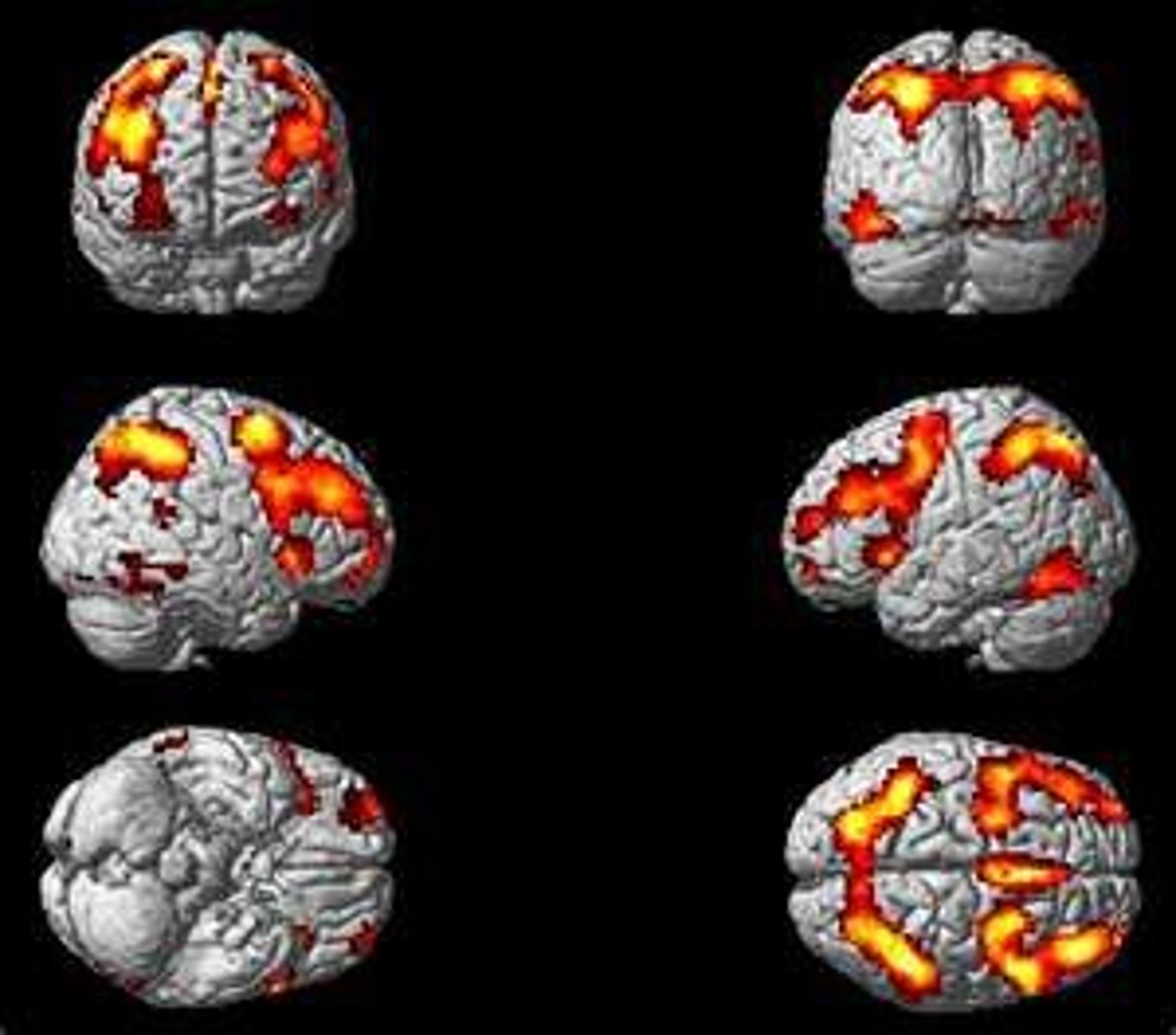
EEG
A record of the brain wave patterns produced by millions of neurons, producing characteristic patterns.
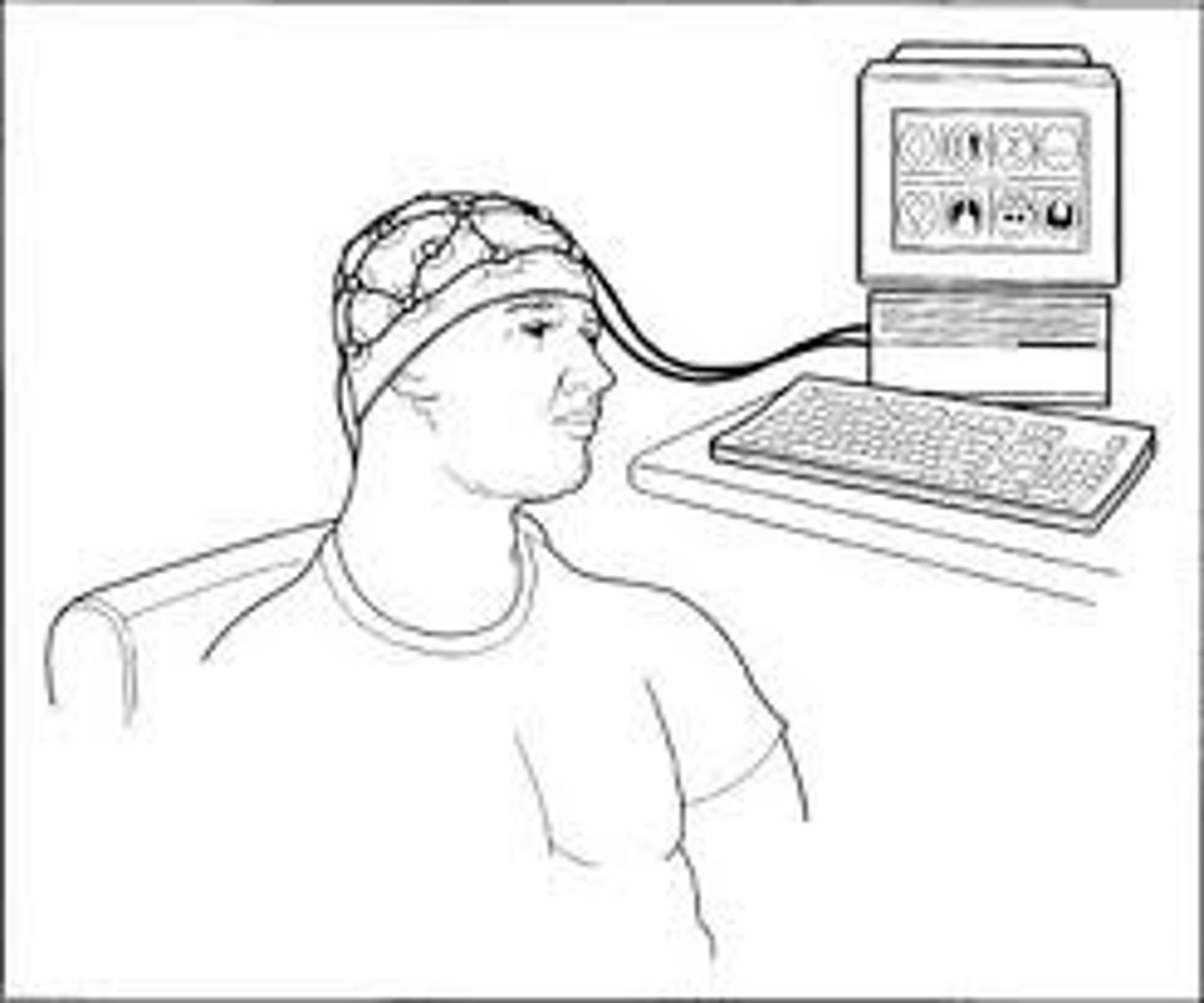
ERPs
Isolating specific responses of neurons to specific stimuli or tasks.

Post mortem examinations
Correlating behaviours before death with brain structures after death.
Circadian rhythms.
Have cycles that generally occur once every 24hrs.
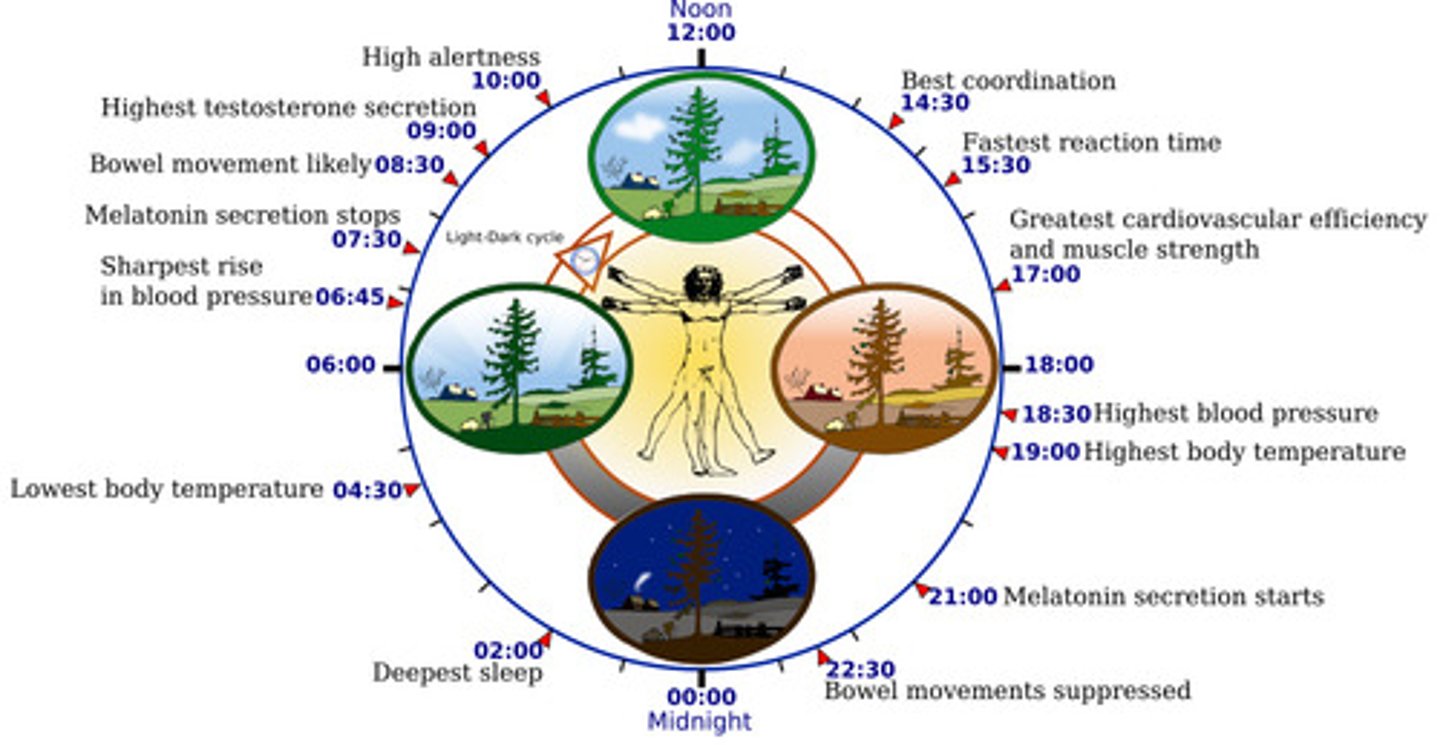
Infradian rhythms
Have cycles that occur less than once every day.
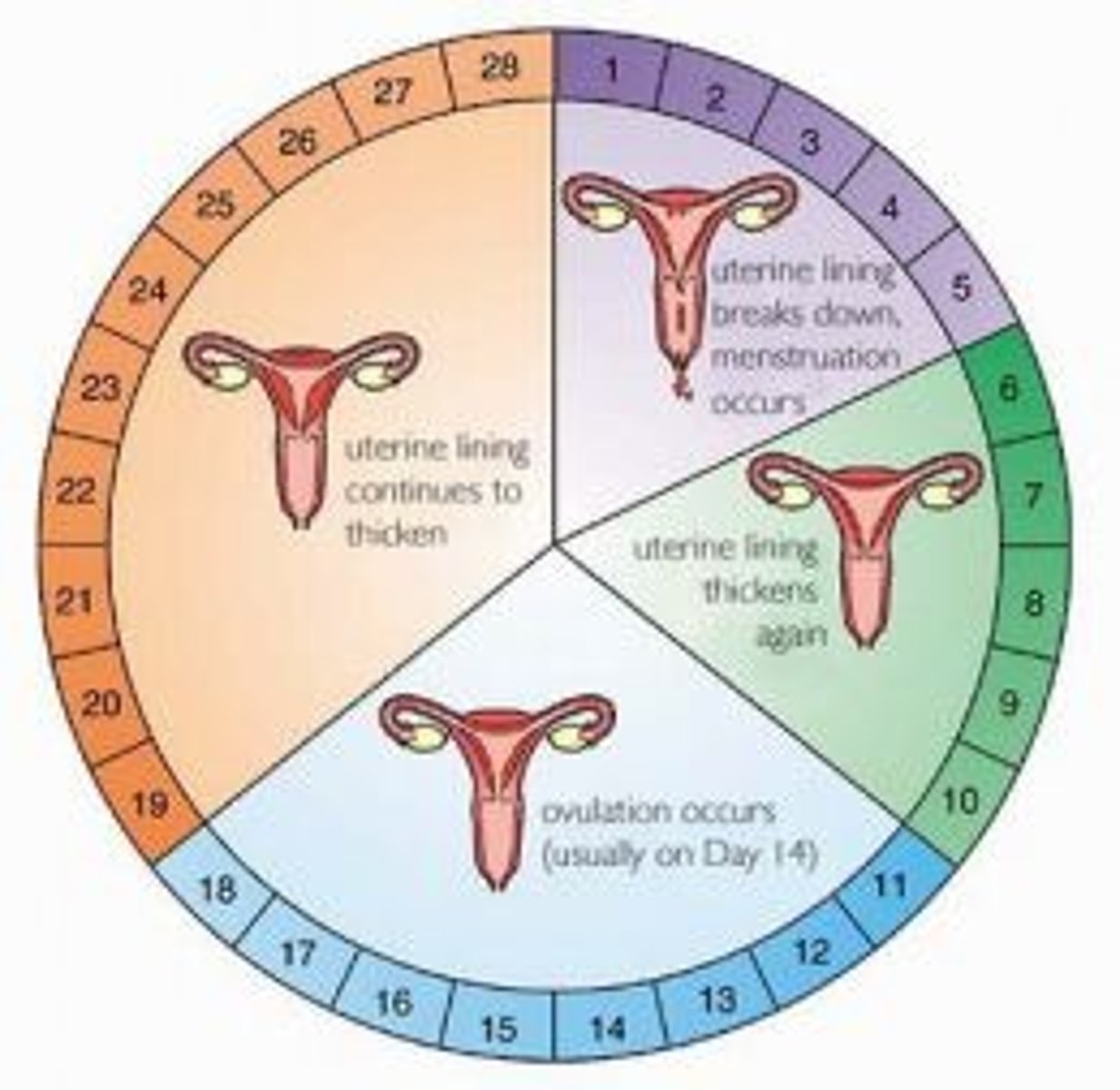
Ultradian rhythms
Have cycles that occur more than once every 24 hours.
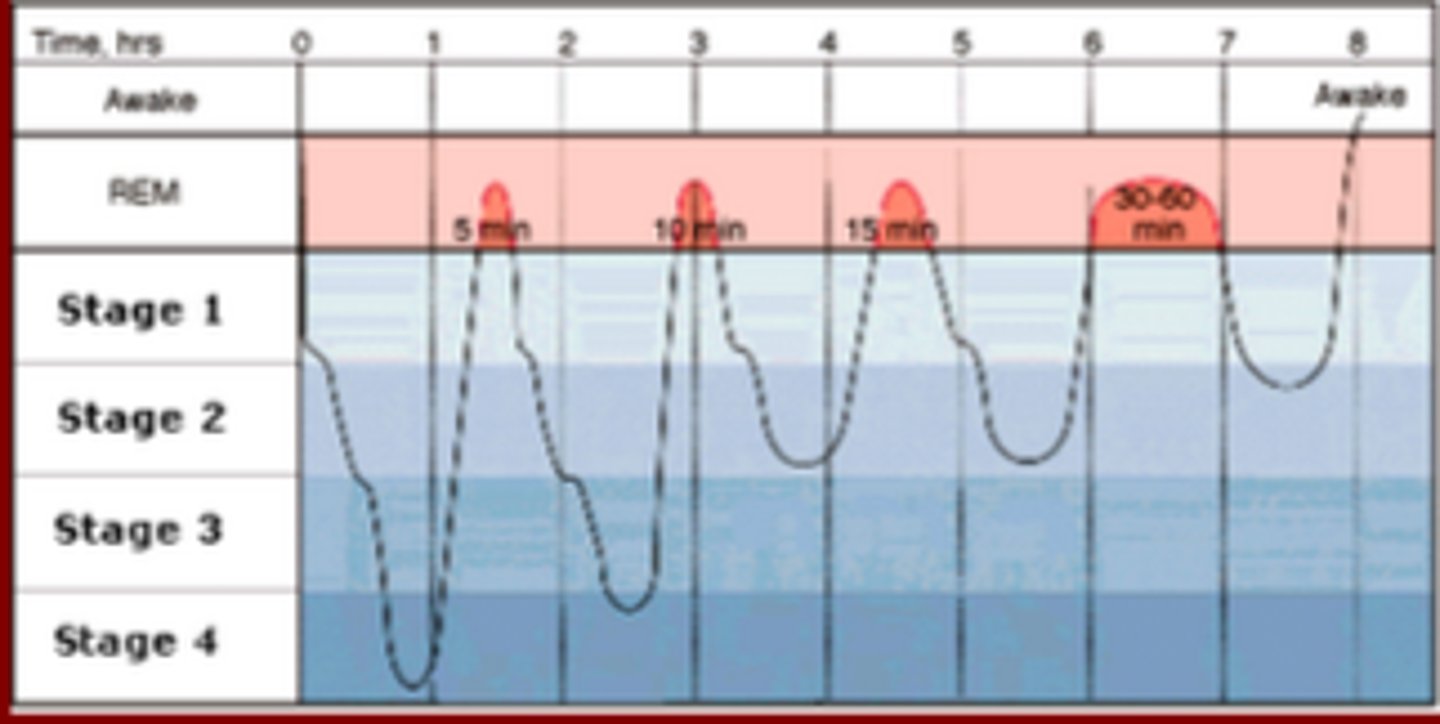
Biological rhythm
Distinct patterns of changes in biological activity that conform to cyclical time periods.
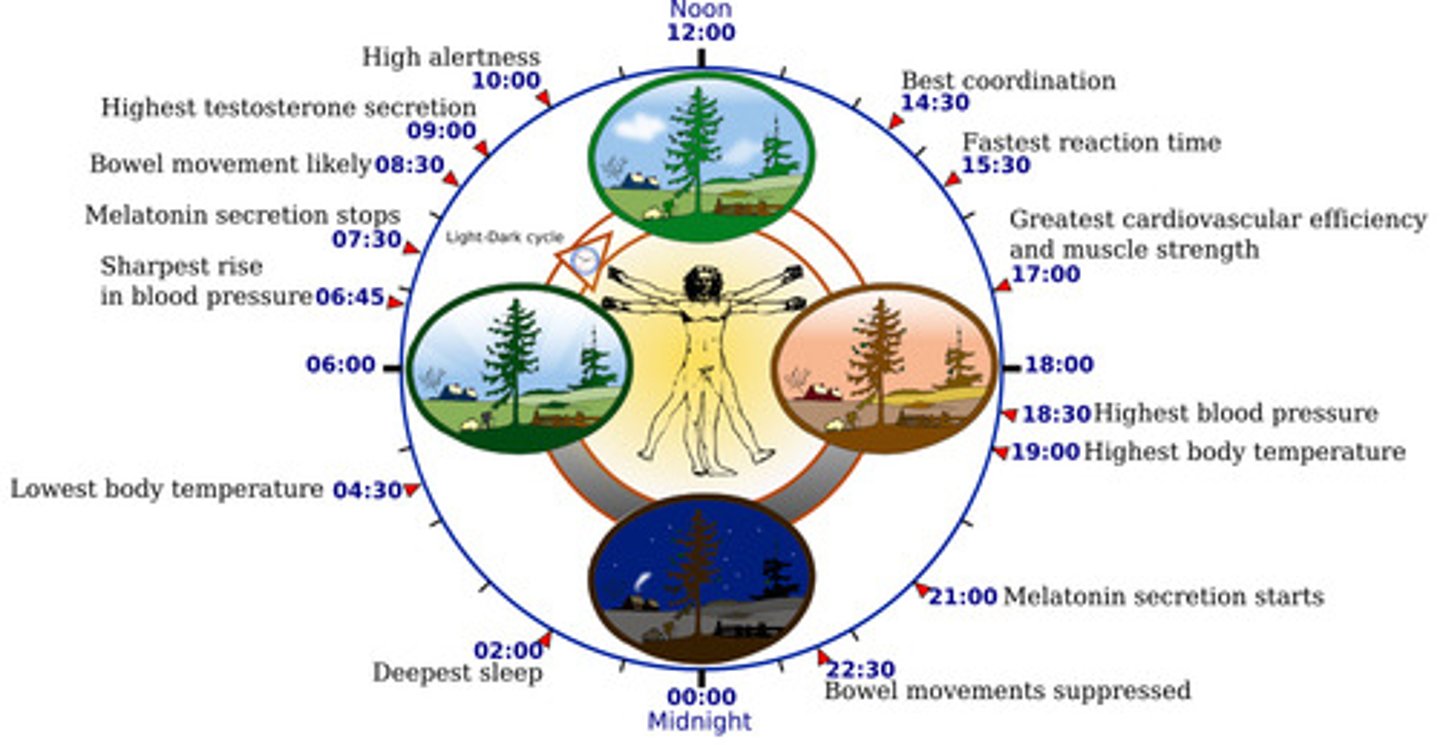
Siffre study
spent extended periods underground. Deprived of exposure to natural light and sound, but with access to adequate food and drink. His biological rhythm settled down to one that was just beyond the usual 24 hours.

Aschoff and Wever
Participants spent 4 weeks in a WWII bunker deprived of natural light. All but one of the participants displayed a circadian rhythm between 24 and 25 hours.

Folkard et al.
12 people lived in a cave. Researchers sped up the clock so a 24-hour day lasted 22 hours. No participants were able to adjust to the new regime.
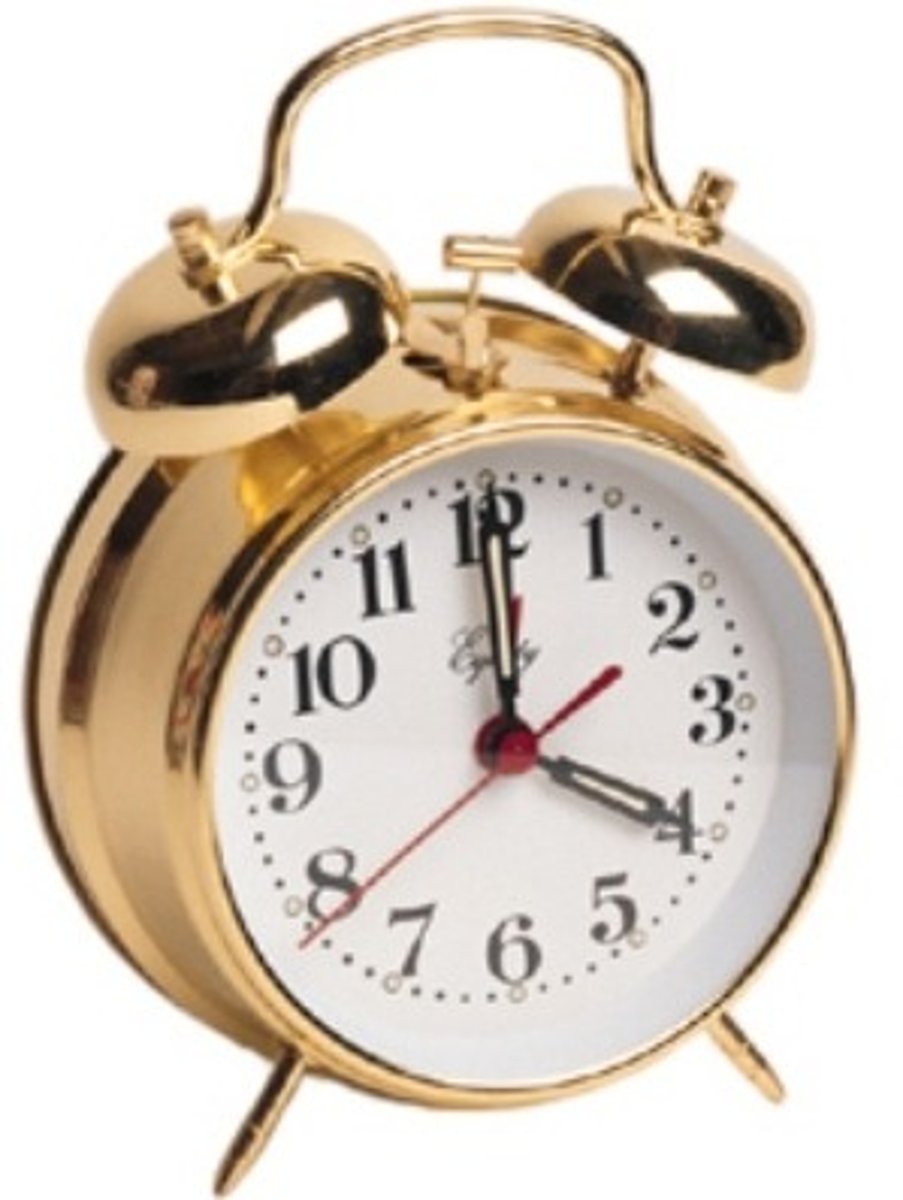
The sleep/wake cycle
The fact that we feel drowsy when it's night-time and alert during the day demonstrates the affect of daylight - an important exogenous zeitgber - on our sleep/wake cycle.

Exogenous zeitgebers
External cues in the environment that entrain our endogenous rhythms.

Endogenous pacemakers
Internal body clocks that regulate many of our biological rhythms.
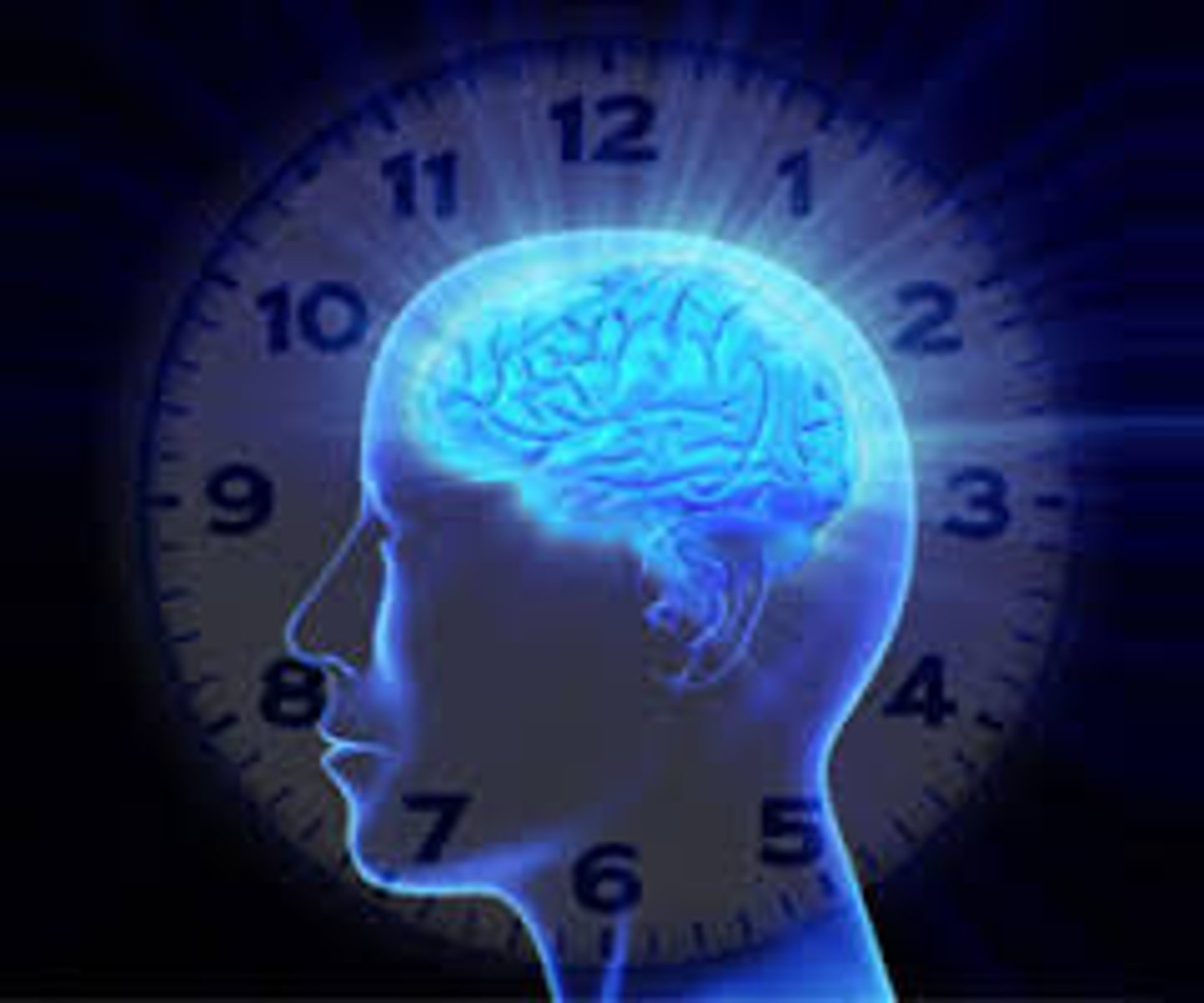
Seasonal affective disorder - SAD
Depression associated with seasonal changes, usually the onset of winter and decreased darkness.

Stages of sleep
90-minute cycles during sleep brain, sleep escalator from stage 1 to 5 and REM. Brain wave activity changes.
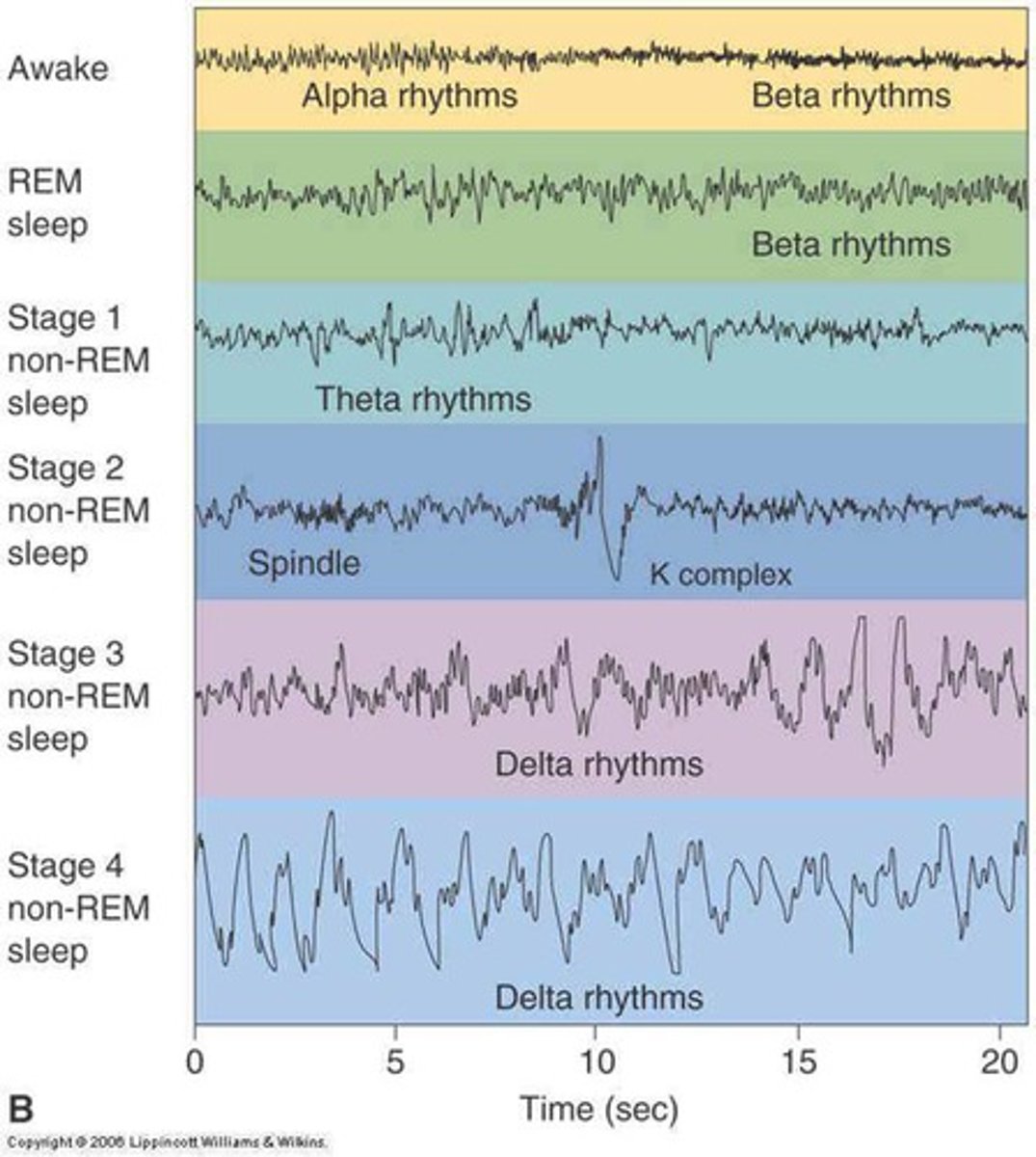
What happens in stage 1 of sleep?
Light sleep; person can be easily woken. Theta waves in stage 1; person in light sleep and can easily be woken.
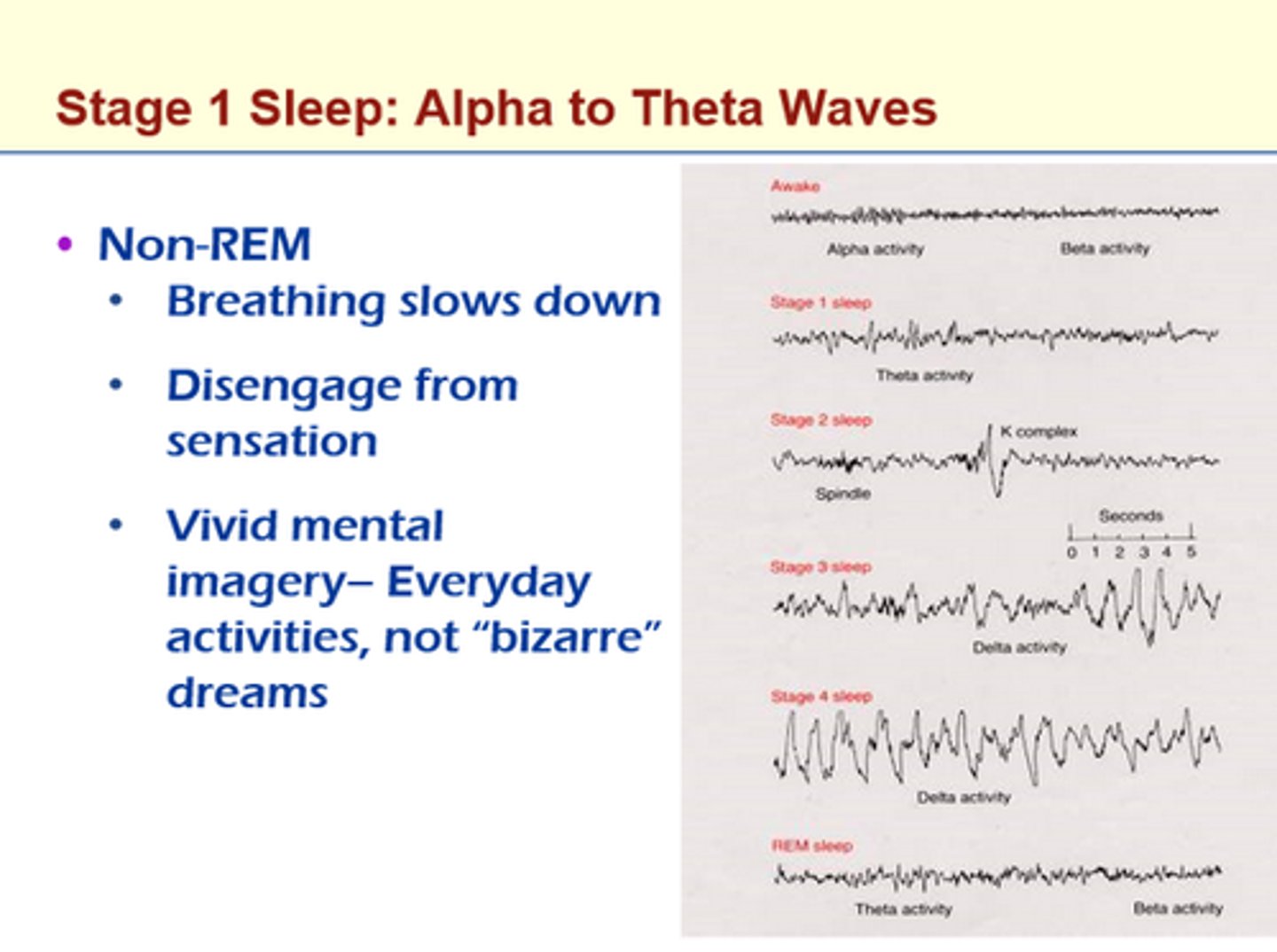
What happens in stage 2 of sleep?
Sleep spindles, theta waves and mixed EEG activity. Light sleep where person can be easily woken.
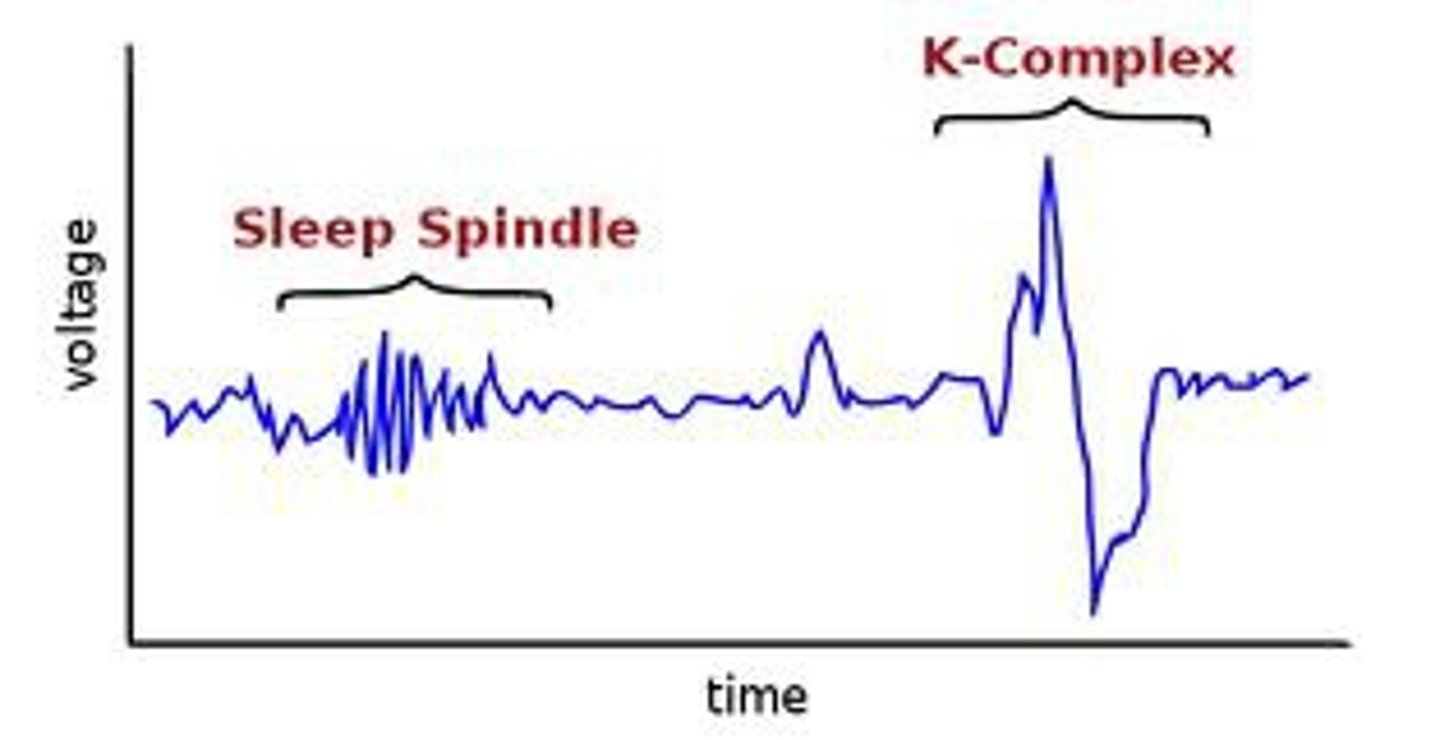
What waves are present in stage 3 and 4 of sleep?
Involves delta waves that are slower and greater amplitude than earlier wave patterns. This is deep sleep/slow wave sleep and it's difficult to rouse somebody at this point.
Rapid eye movement (REM sleep)
A kind of sleep that occurs at intervals during the night and is characterised by rapid eye movements, more dreaming and bodily movement, and faster pulse and breathing.

Exogenous cues for circadian rhythms.
Day light. Social cues - meal times, bed times ect.
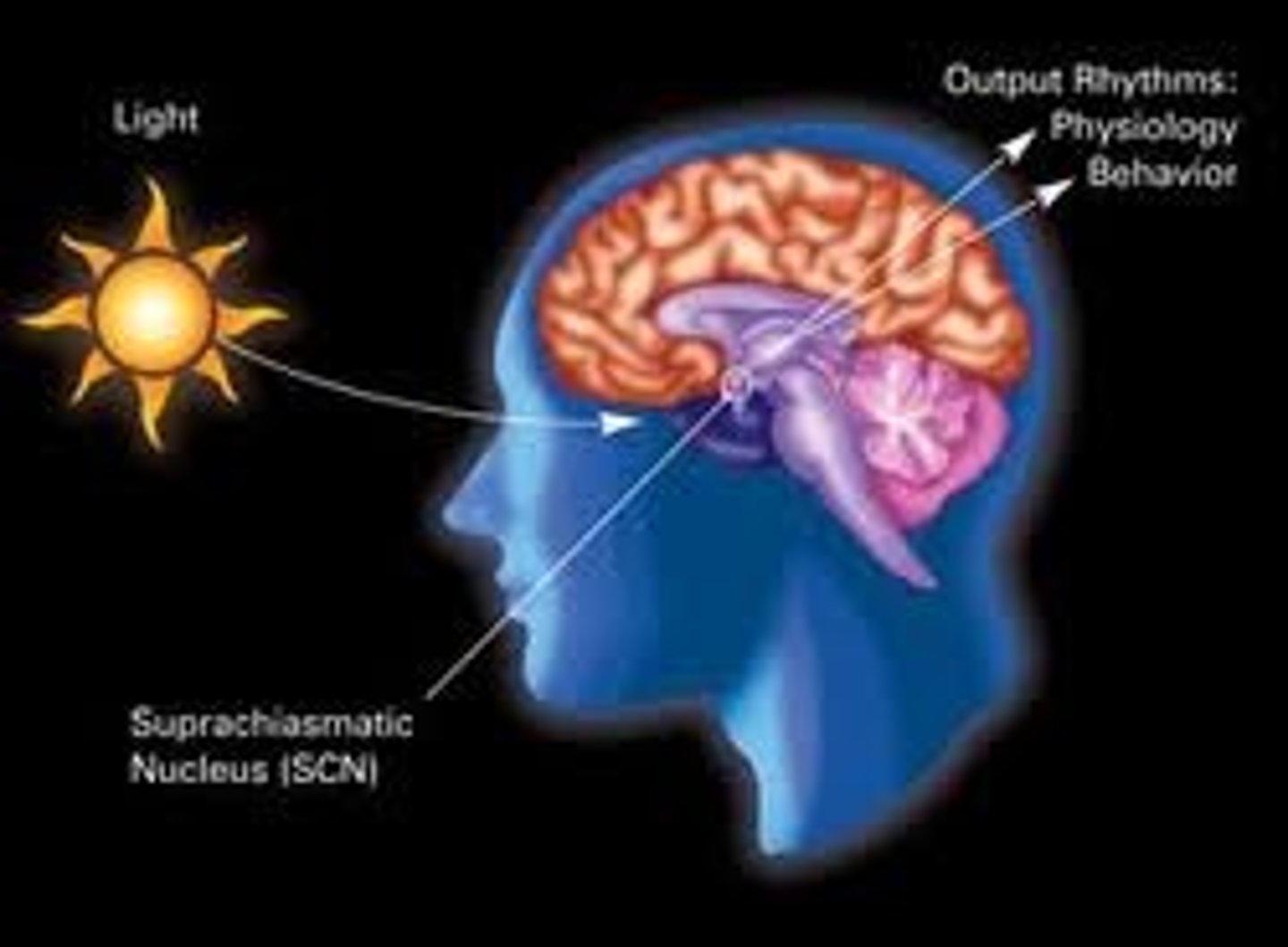
Examples of a circadian rhythm.
Sleep/wake cycle and body temperature.

Exogenous cues for infradian rhythms.
Pheromones and light.
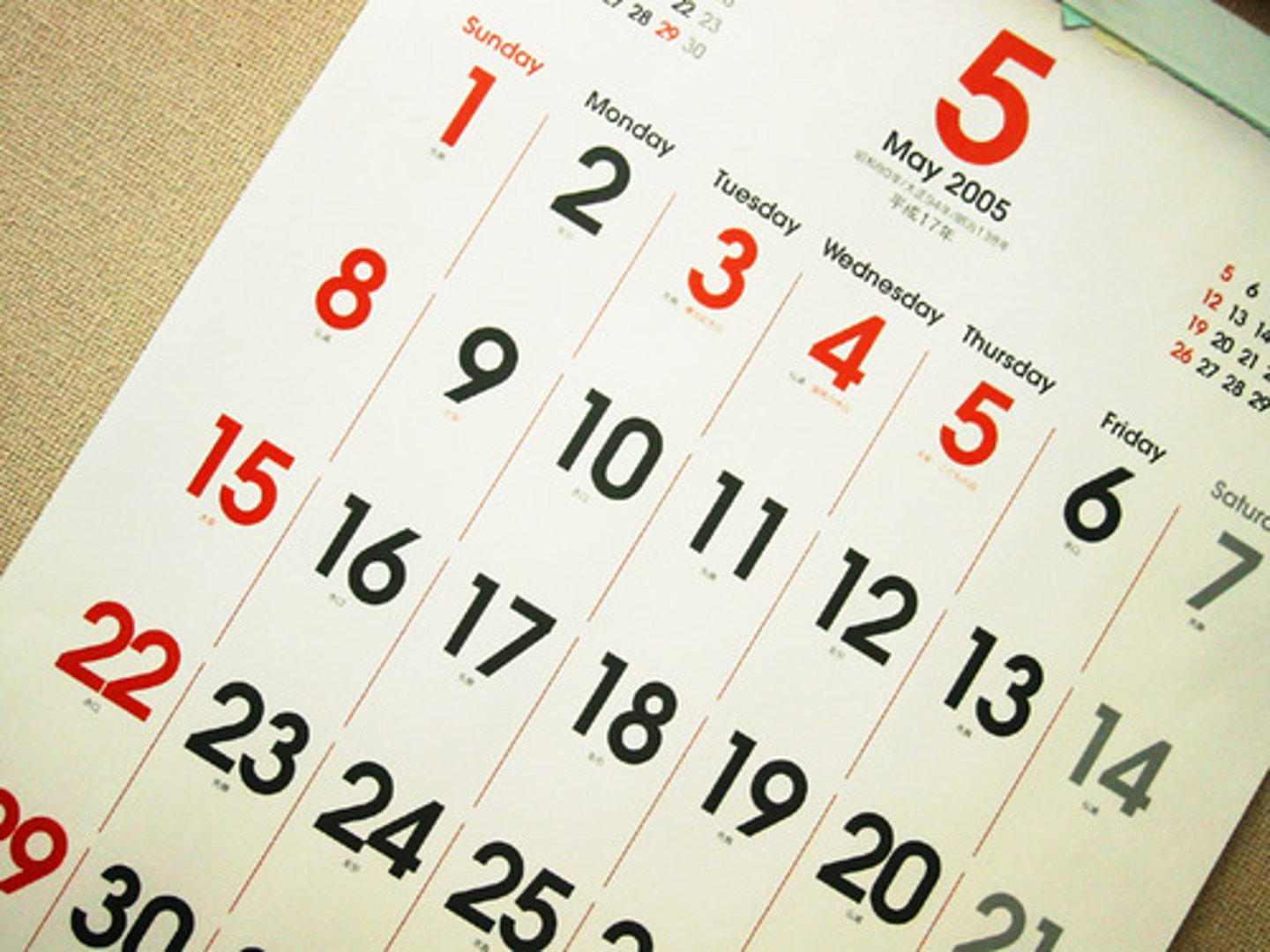
Suprachiasmatic nucleus (SCN)
.Tiny bundle of nerve cells located in the hypothalamus in each hemisphere of the brain where the optic nerves from each eye cross. The primary endogenous pacemaker in mammals. Receives info directly from this structure.

Melatonin
Produced by pineal gland at night, governs sleep/wake cycle. Production inhibited during periods of wakefulness.
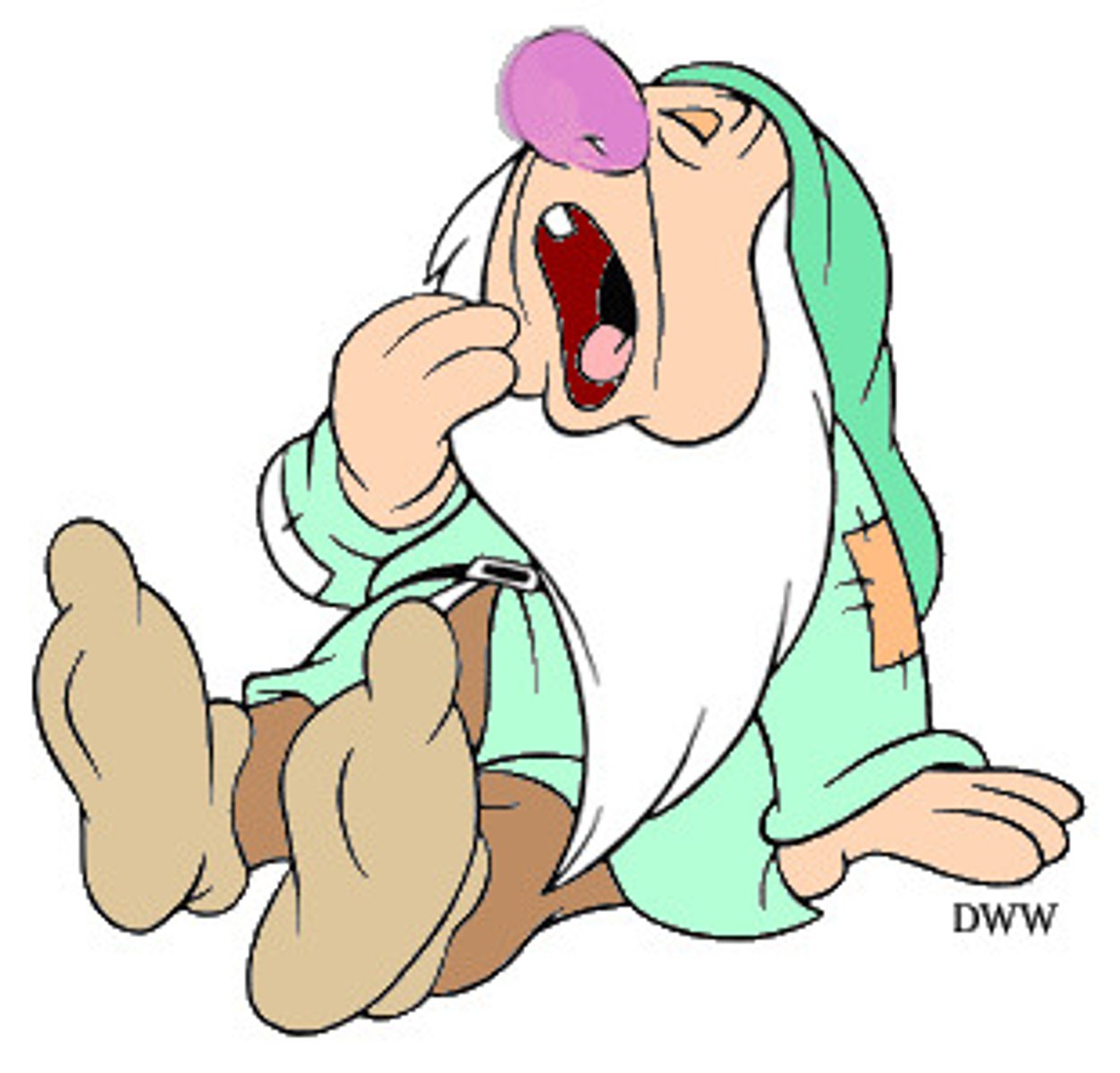
Light
A zeitgeber in humans that can reset the main endogenous pacemaker (SCN) and plays a role in the sleep/wake cycle.
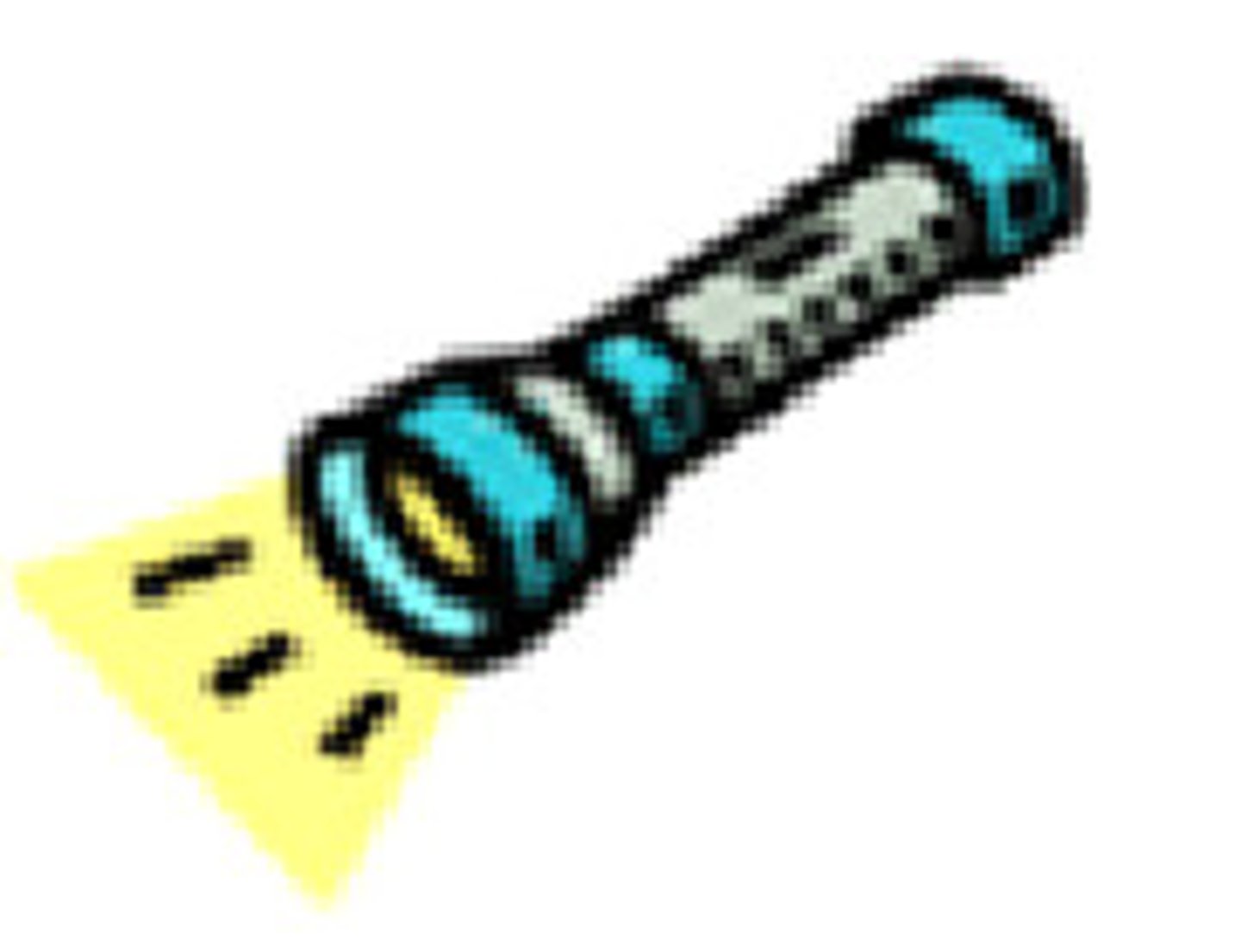
Social cues entraining circadian rhythms.
Schedules created by others, e.g. mealtimes and bedtimes. Circadian rhythms start at 6 weeks. Most babies entrained by 16 weeks. Schedules imposed by parents are a key influence. Adapting to local eating and sleeping times is an effective way of entraining circadian rhythms and beating jet lag.

Zeitgebers
External factors in the environment that reset our biological clocks through a process called entrainment.
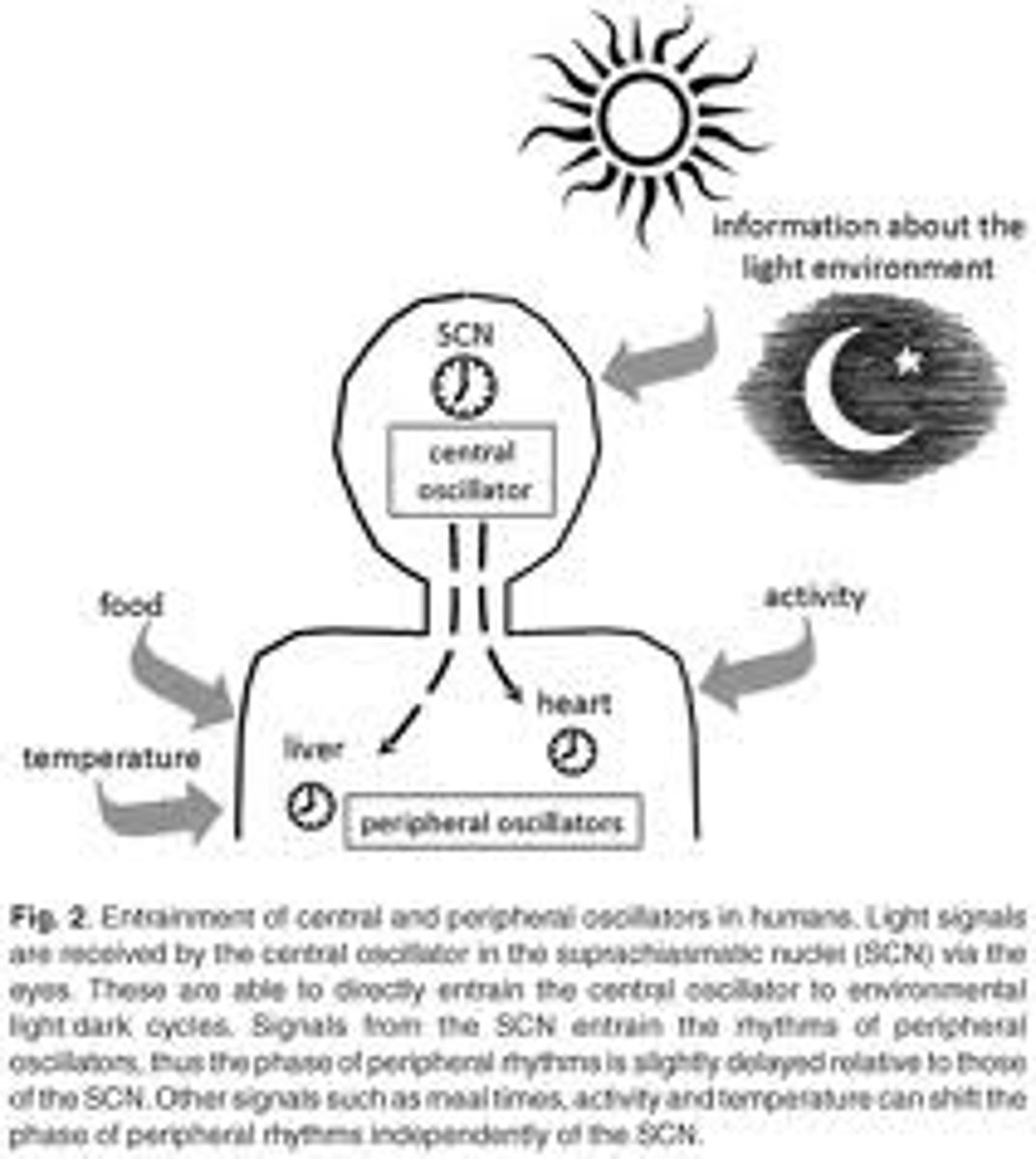
Light as an exogenous zeitgeber.
One of the most dominant EZs; resets body's pacemaker through SCN. May explain why Campell and Murphy found that shining lights on knees caused a shift in circadian rhythm.
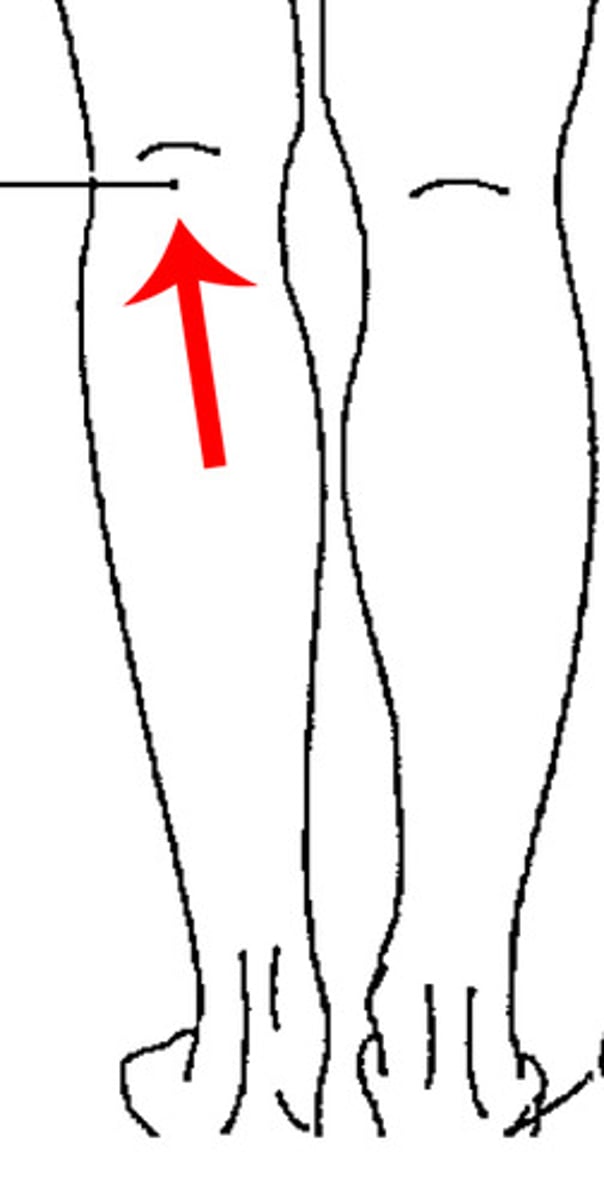
How is the Nervous System divided?
- Central Nervous System → Spinal Cord + Brain
- Peripheral Nervous System → Somatic Nervous System + Autonomic Nervous System → Sympathetic Nervous System + Parasympathetic System
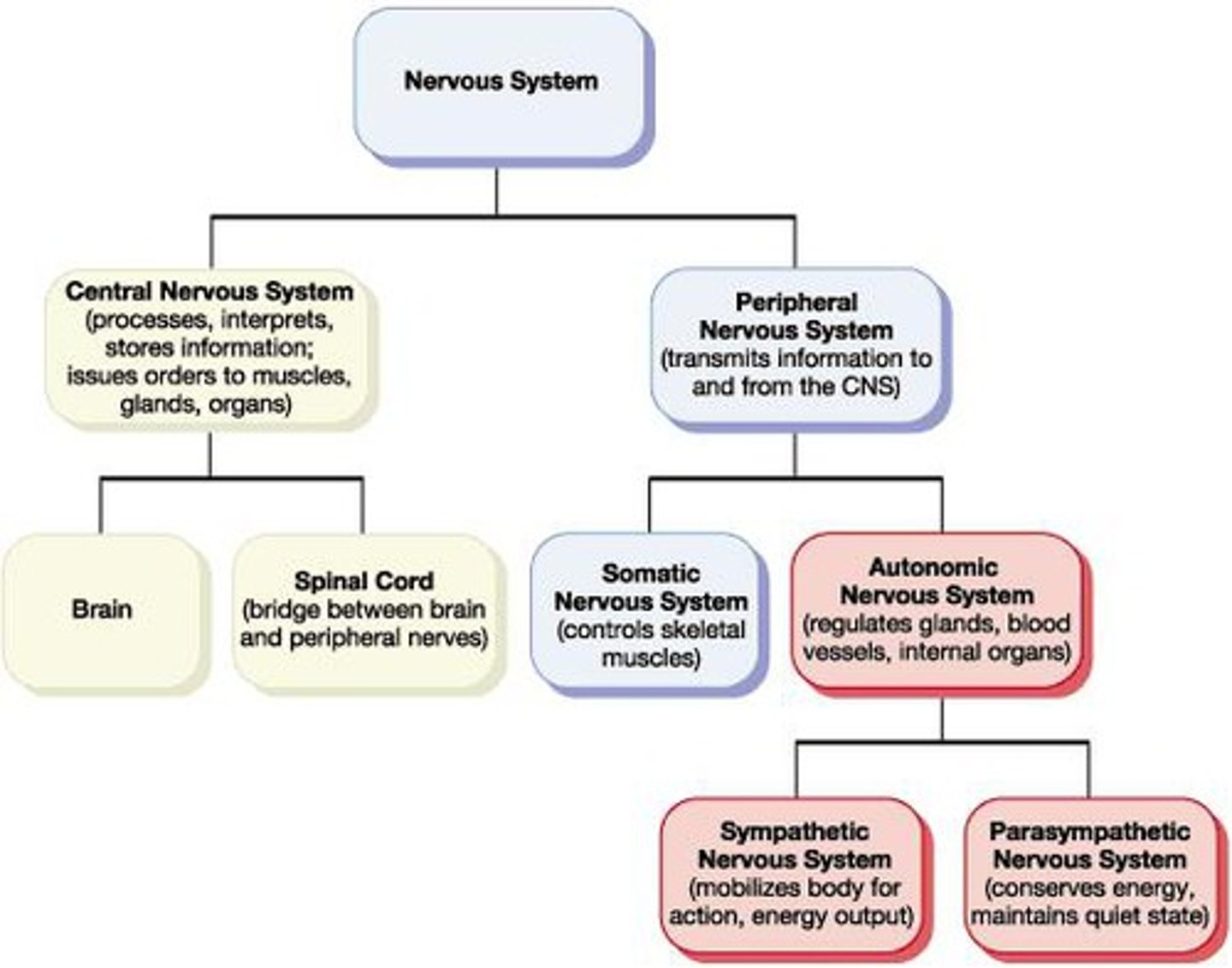
What is the Central Nervous System (CNS)?
- Consists of the brain and spinal cord
- Controls behaviour and regulates body's physiological processes
What is the role of the Spinal Cord in the CNS?
- Relay info between brain and rest of body
- Allows monitoring and regulation of bodily processes + coordination of movements
What is the Peripheral Nervous System?
- All the nerves outside the CNS
- Divided into somatic and autonomic nervous system
What is the Somatic Nervous System?
- Divison responsible for carrying sensory and motor information to and from the CNS
What is the Autonomic Nervous System?
- Regulates involuntary actions e.g. heartbeat and digestion
What are Neurons?
- Specialised cells that carry neural information
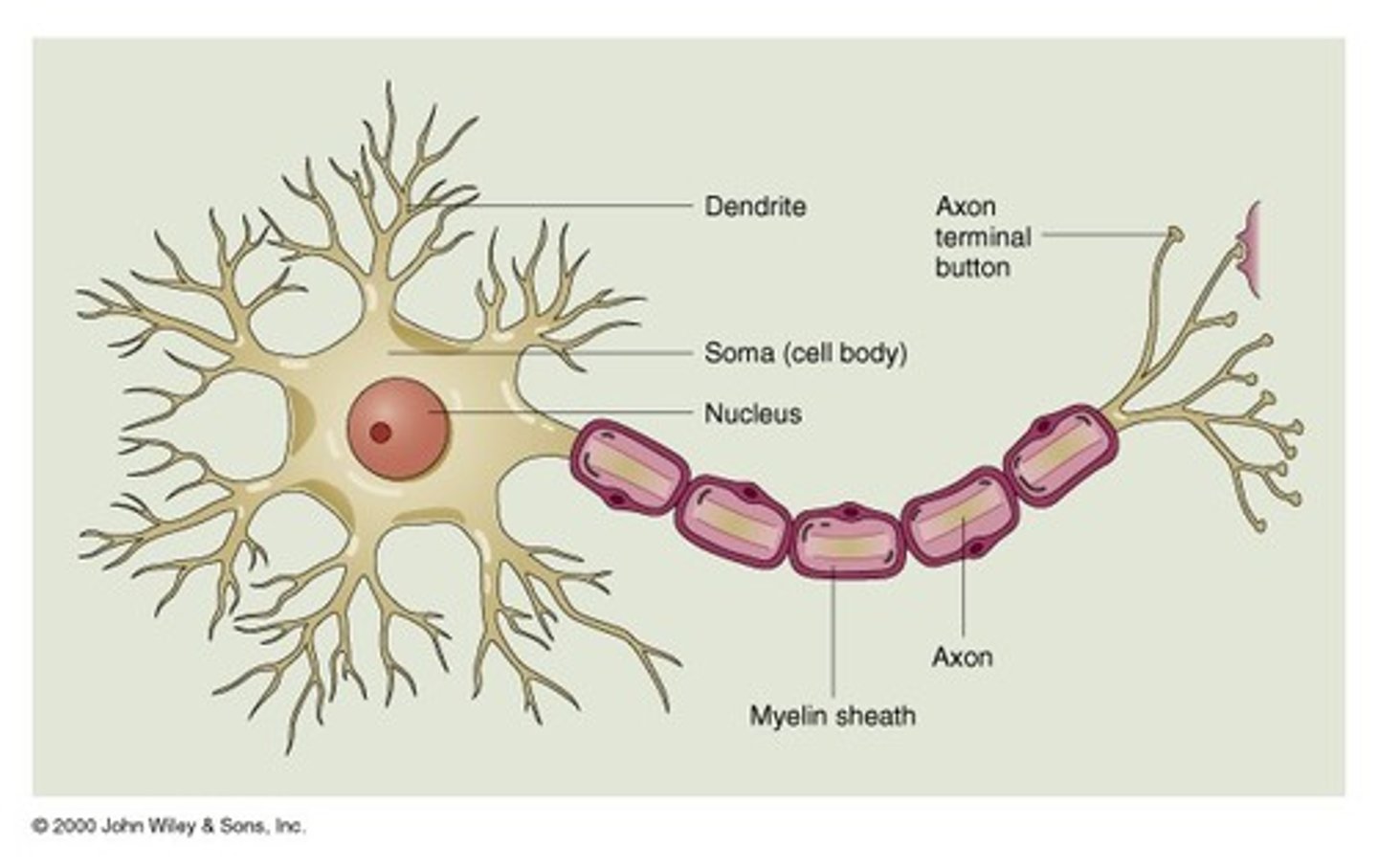
What is the role of the Sensory Neuron?
- Carries nerve impulse from sensory receptor (e.g. vision, taste, smell) to CNS
What is the role of the Relay Neuron?
- Lies between sensory input and motor output
- Allow sensory and motor neurons to communicate
What is the role of the Motor Neuron?
- Located in CNS, project axons outside to control muscles
- Form synapses w/muscles and control contractions
- Releases neurotransmitters which bind to receptors and trigger response
What is Synaptic Transmission?
- Process by which nerve impulse passes across synaptic gap from presynaptic neuron to postsynaptic neuron
- Impulse reaches end of axon which has synaptic vesicles containing neurotransmitters that allow transfer of impulse
What are Excitatory Neurotransmitters?
- Nervous systems 'on' switches, increase likelihood of neuron 'firing'
- When one binds with a postsynaptic receptor an electrical change occurs in cell membrane, results in excitatory post-synaptic potential (EPSP) → meaning post-synaptic cell more likely to fire
What are Inhibitory Neurotransmitters?
- Nervous systems 'off' switches, decrease likelihood of neuron firing
- Responsible for calming mind and body, induce sleep and filter unnecessary excitatory neurotransmitters
What is the Endocrine System?
- Network of glands throughout body that manufacture and secrete hormones
- Uses blood system to deliver hormones to target sites in body
What are Hormones?
- Chemical messengers that circulate bloodstream and are carried to target sites
What is the role of the Pituitary Gland (PG)?
- Master gland, primary role is to influence the release of hormones from other glands therefore regulating most bodily functions
What is the role of the Adrenal Glands?
- Sit on top of kidneys, each one made of the adrenal cortex (outer part) and adrenal medulla (inner region)
- Hormones released by adrenal CORTEX are vital for life, unlike ones released by adrenal medulla
What is the Fight-or-Flight Response (FFR)?
- Activity in the body triggered in emergency situations to defend/attack or run to safety
What is Localisation of Function?
The principle that specific functions such as language, memory and hearing have specific locations within the brain
What is Broca's area?
- in posterior left frontal lobe, believed to be critical for speech production
What is Wernicke's area?
- Area of brain involved in understanding language
- Posterior left temporal lobe
What is Hemispheric Lateralisation?
- Two hemispheres are not exactly the same, each has its own functional specialisations
- Left is dominant for language and speech, right for visual-motor tasks
What is Split-Brain Research?
- When the bundle of fibres making the corpus callosum are cut, the connection between the 2 hemispheres is severed
What is Plasticity?
- Brain's ability to change and adapt to experience
- Nerve pathways used frequently develop stronger connections, rarely sued neutrons die
What is Functional Recovery?
- Recovery of abilities and compromised mental processes as result of brain injury/disease
What is a Post-Mortem Examination?
- Way of examining brain after one's passing to establish neurological cause for psychological abnormalities
What is Functional Magnetic Resonance Imaging (fMRI)?
- Technique for measuring brain activity by detecting blood flow (increased oxygenation) indicating increased neural activity
What is Electroencephalogram (EEG)?
- Records changes in electrical activity of brain using electrodes attached to scalp
- Electrical signals from diff electrodes graphed over time
What are Event-Related Potentials (ERPs)?
- Technique that takes raw EEG data and uses it to investigate cognitive processing of a specific event
- Very small voltage changes triggered by certain events/stimuli detected
What are Circadian Rhythms (CR)?
- Pattern of behaviour that occurs approximately every 24 hours, set and rest by environmental light levels
examples of Circadian Rhythms
- Sleep-wake Cycle:
- Hormone Production:
What are Ultradian Rhythms?
- Cycles that last less than 24 hours e.g. sleep cycle which repeats every 90-100 minutes
What are Infradian Rhythms?
- Have duration greater than 24 hours, may last days, weeks, months or years
What are Endogenous Pacemakers?
- Mechanisms within body that govern internal, biological bodily rhythm
What is the Suprachiasmatic Nucleus (SCN)?
- Main endogenous pacemaker, lies in hypothalamus
What is the Pineal Gland?
- Produces and secretes melatonin at night and decreases release as light levels increase
What are Exogenous Zeitgebers?
- Environmental cue helping regulate biological clock